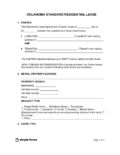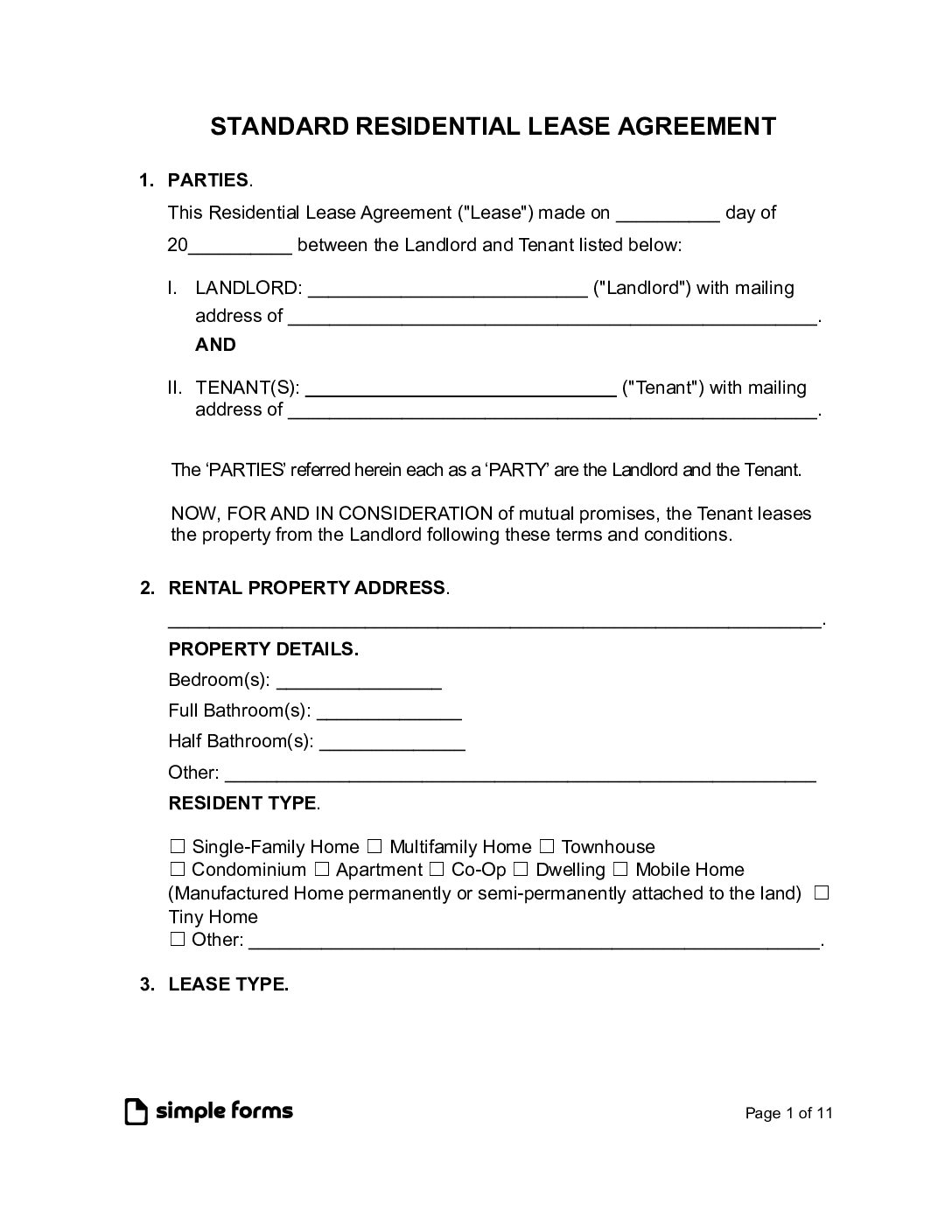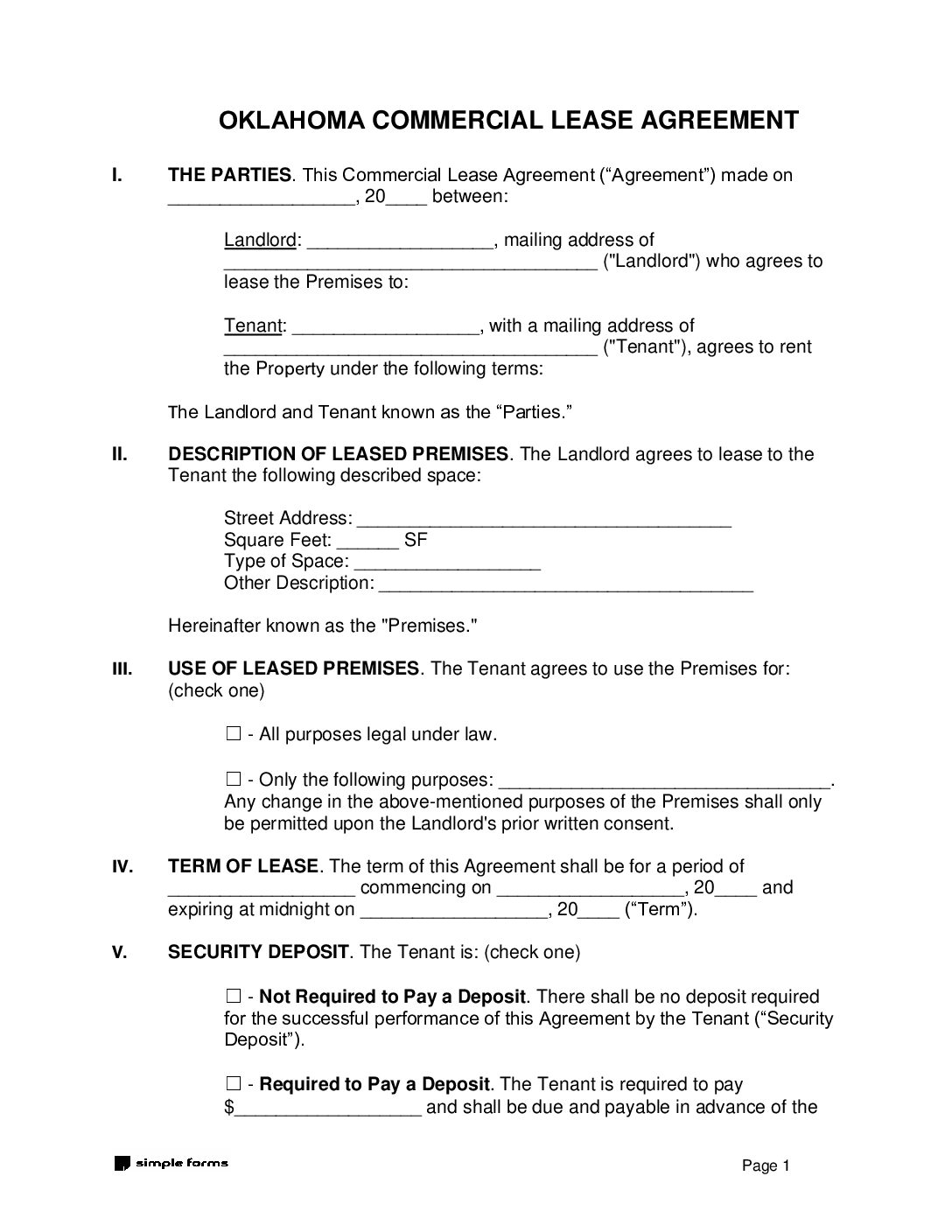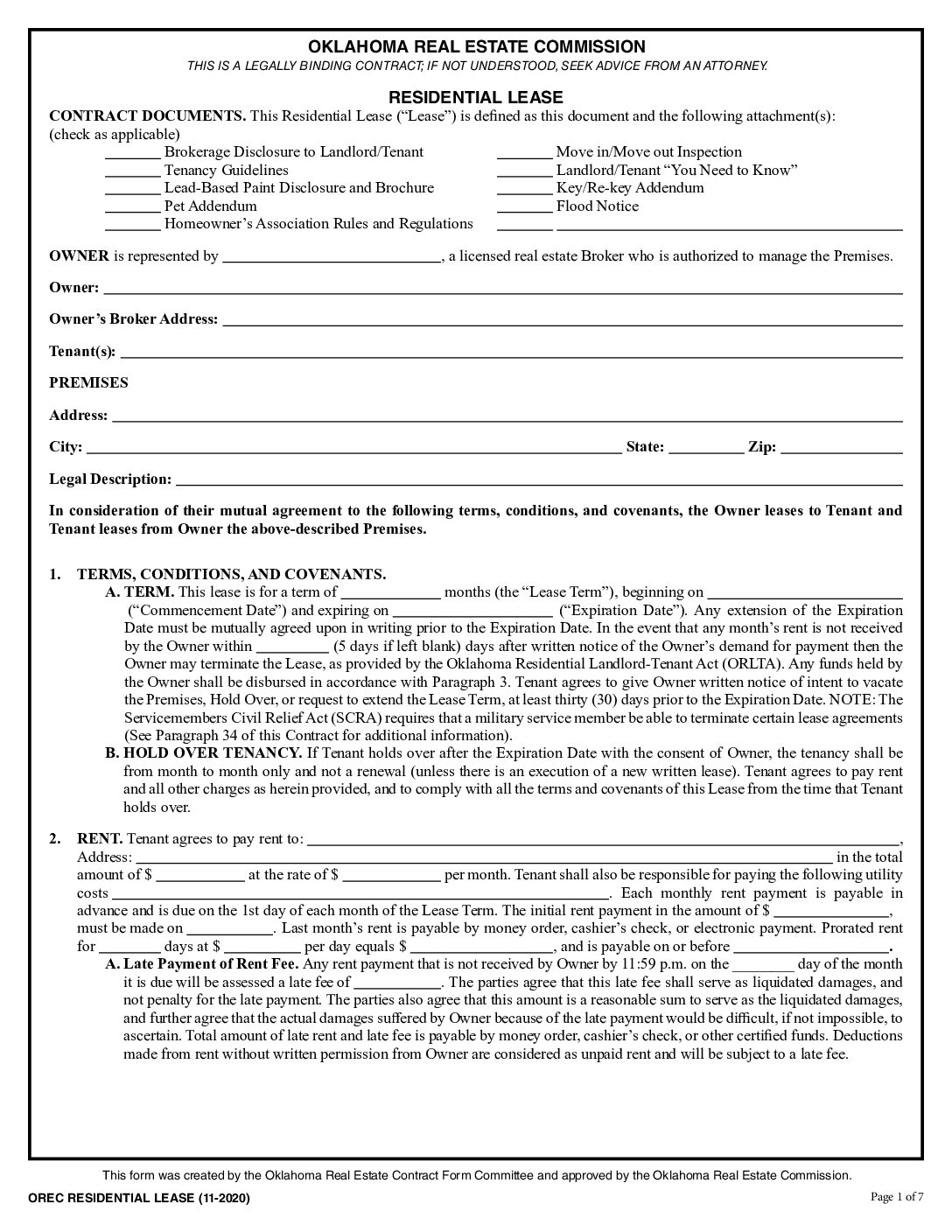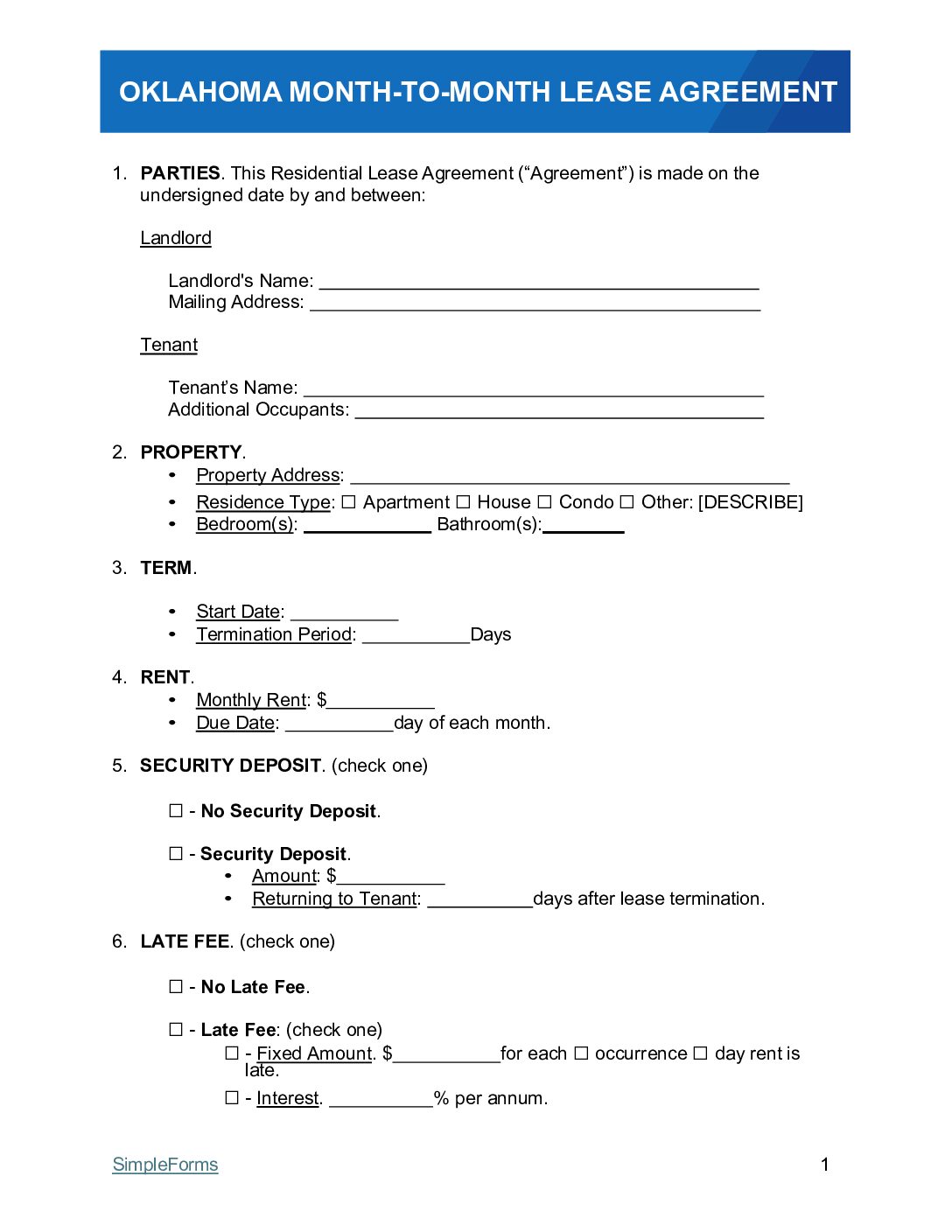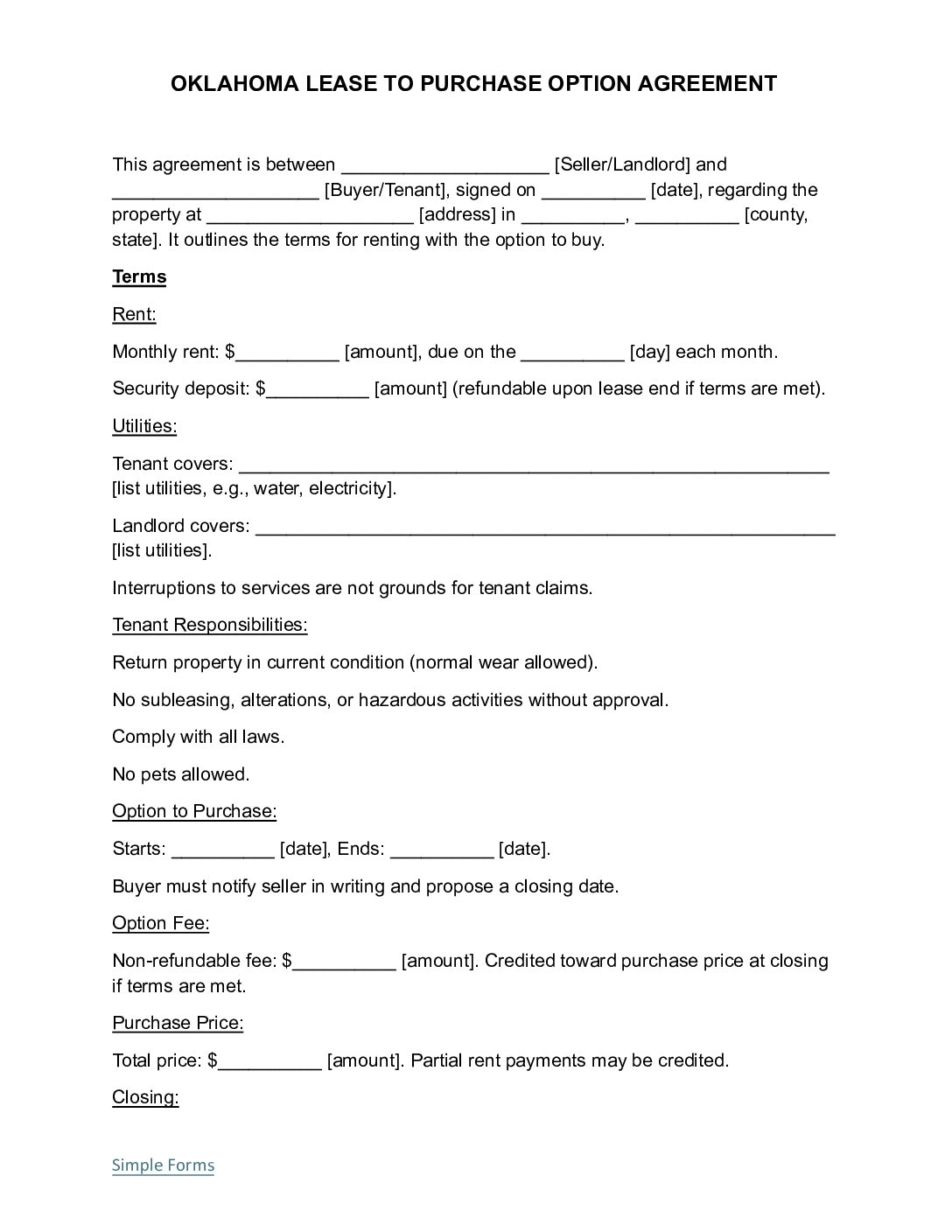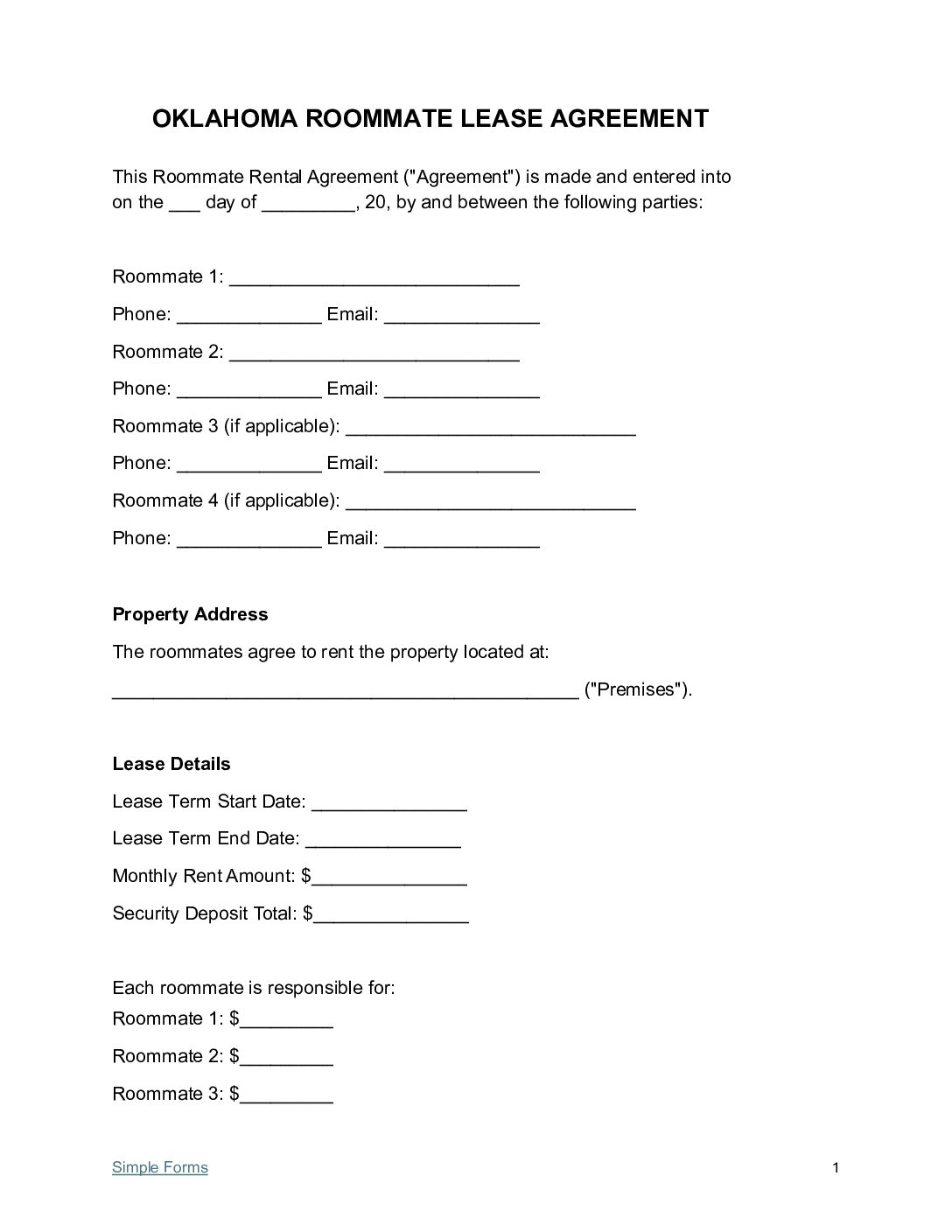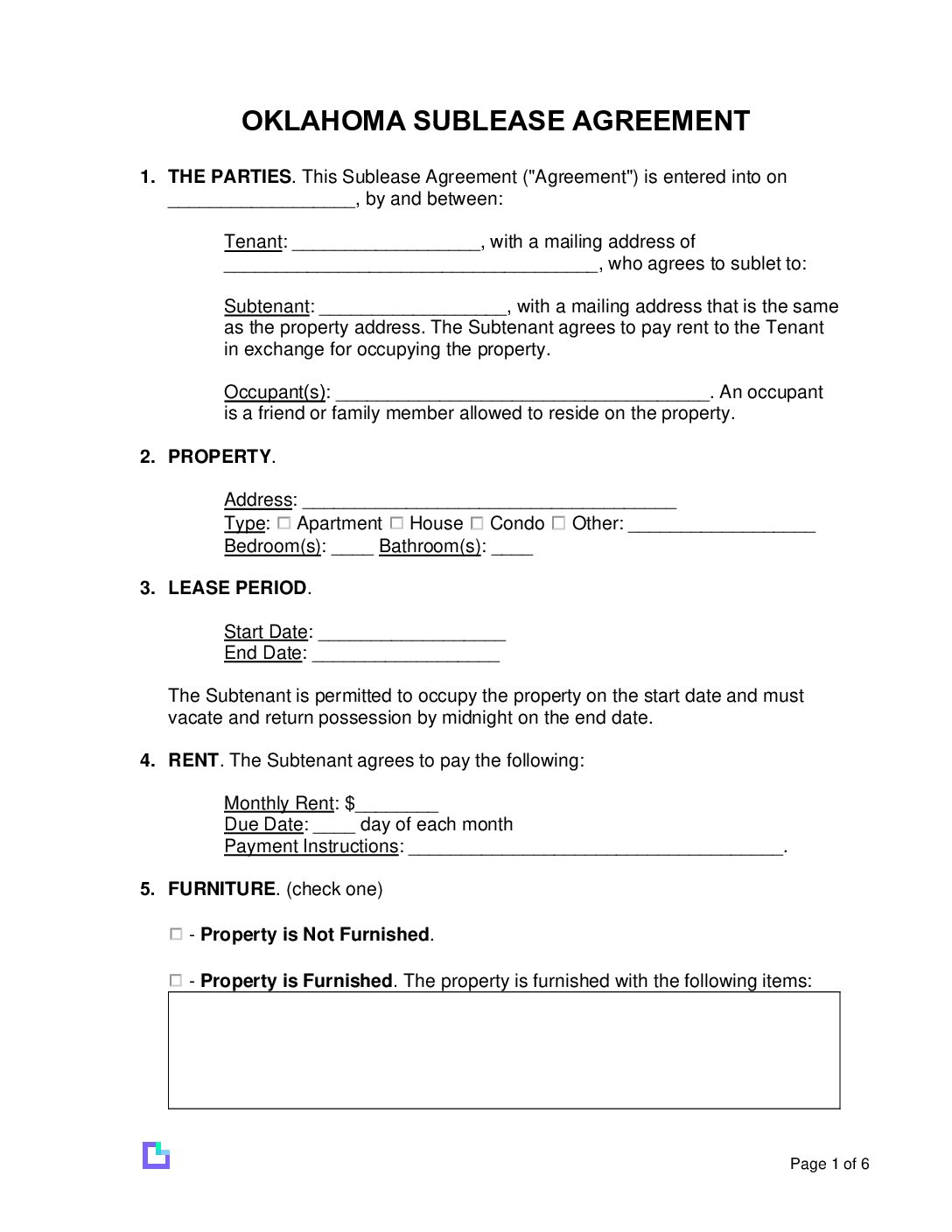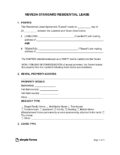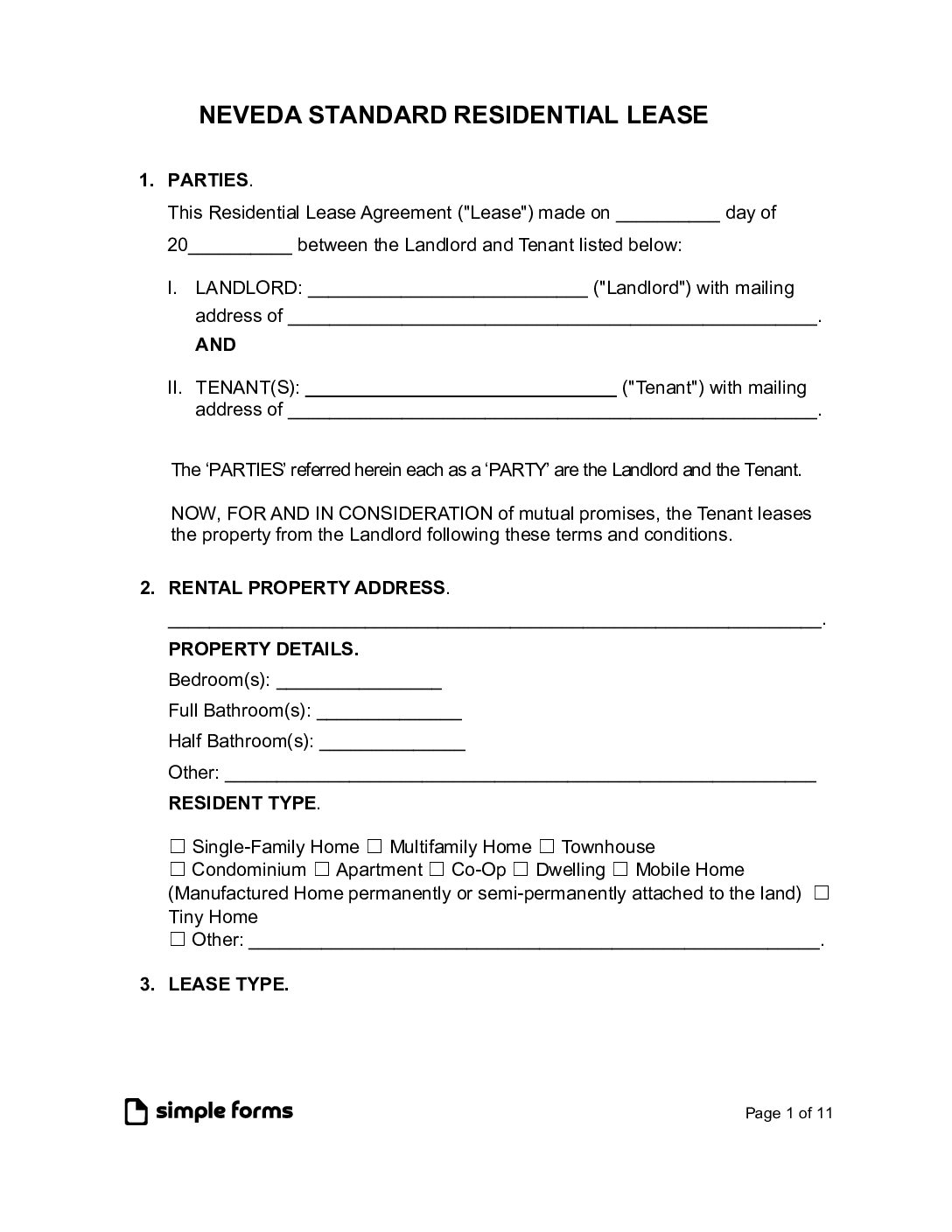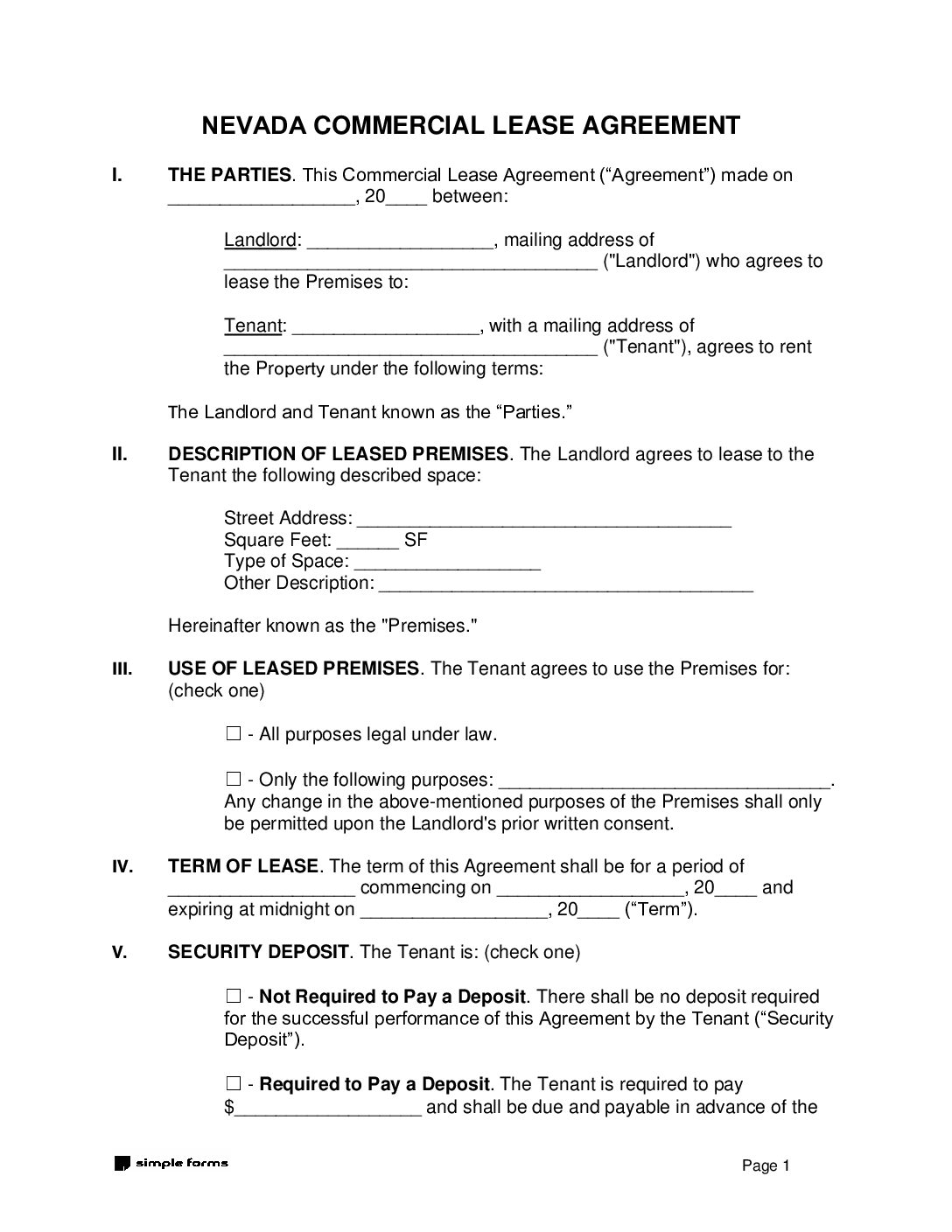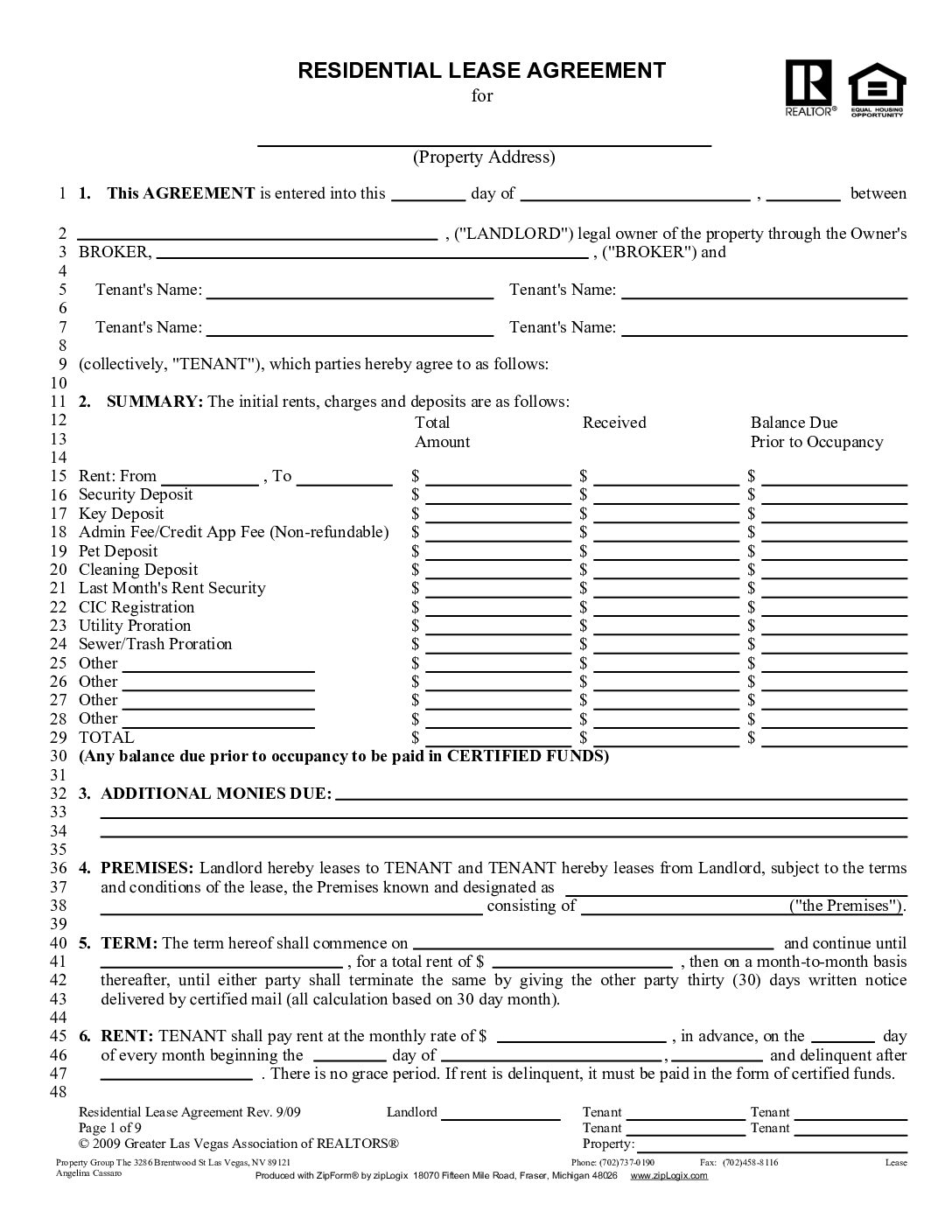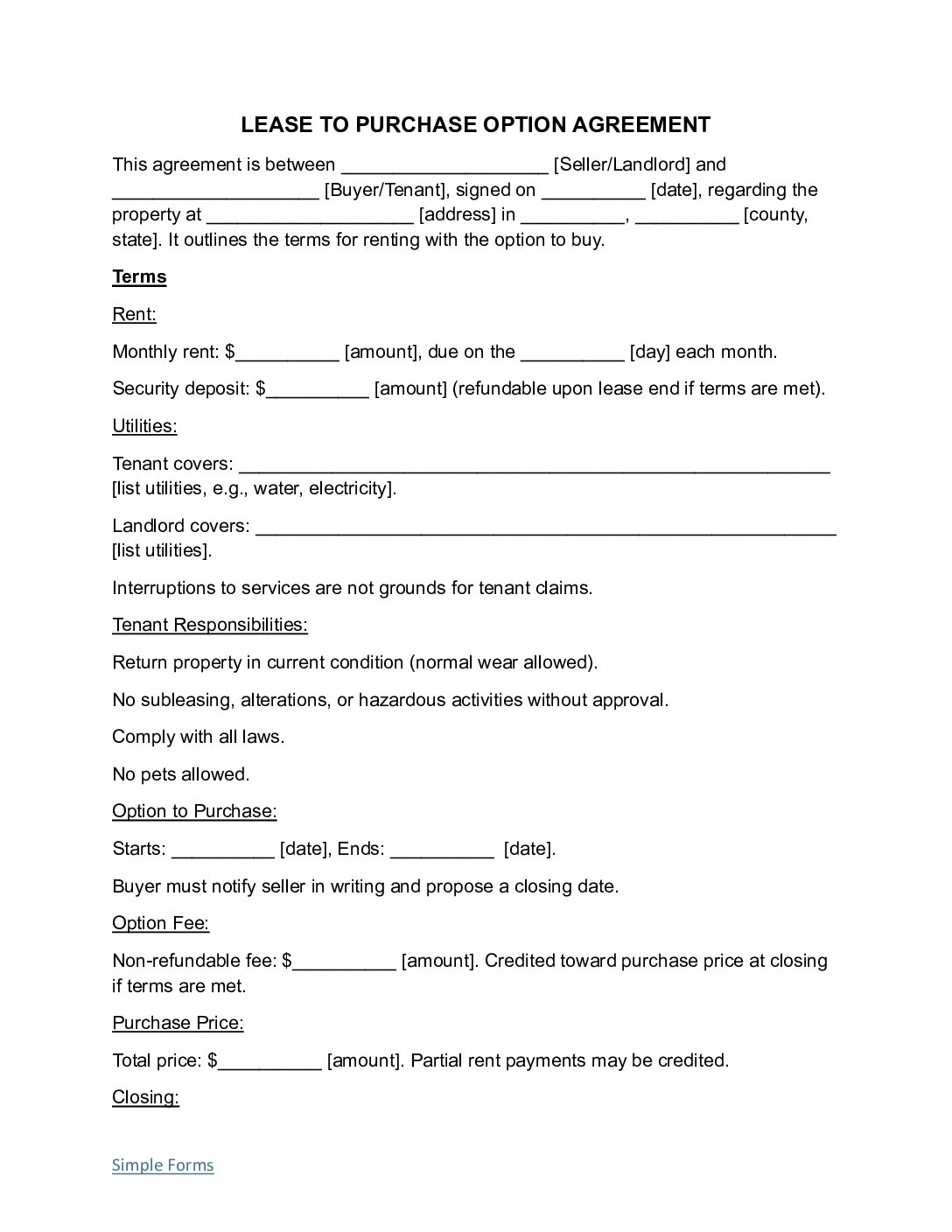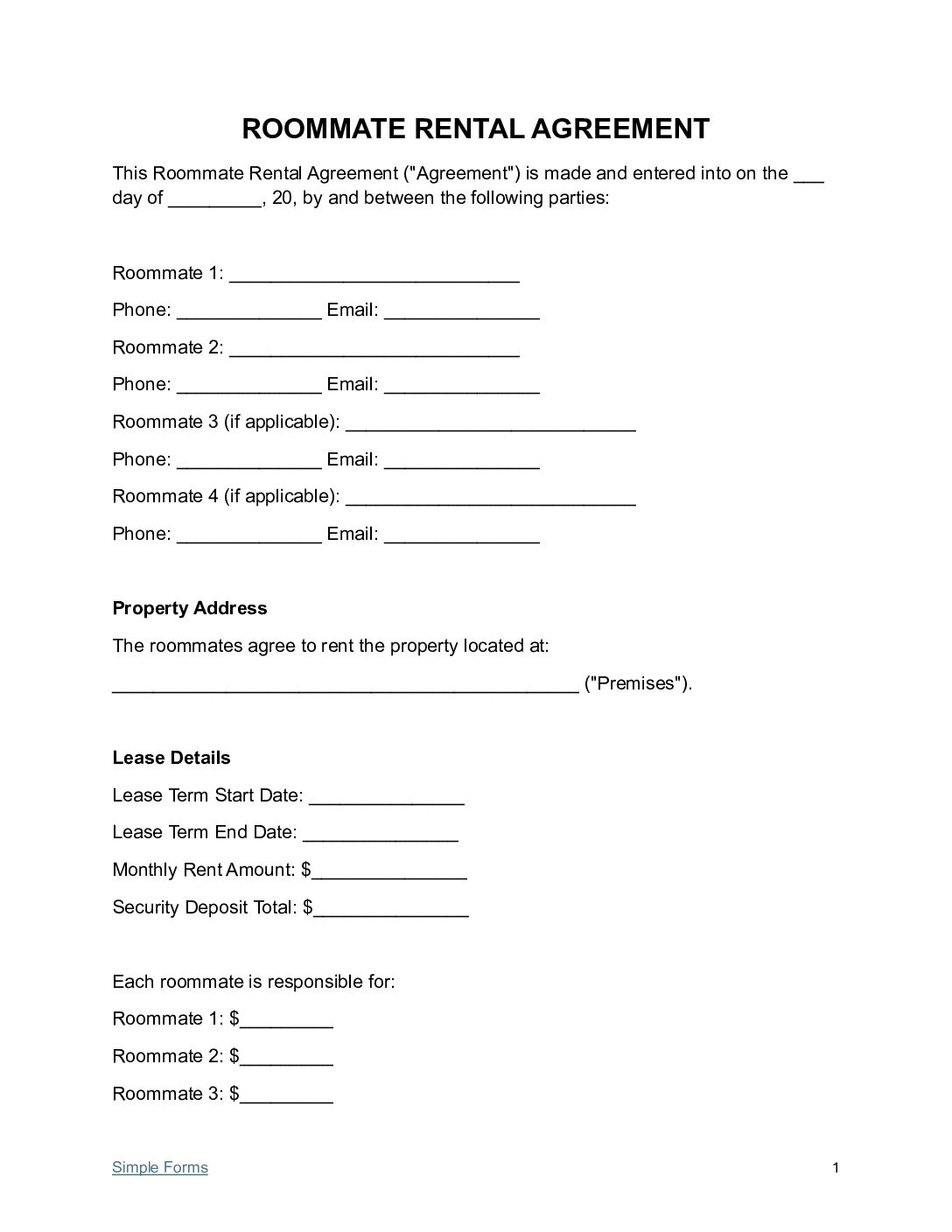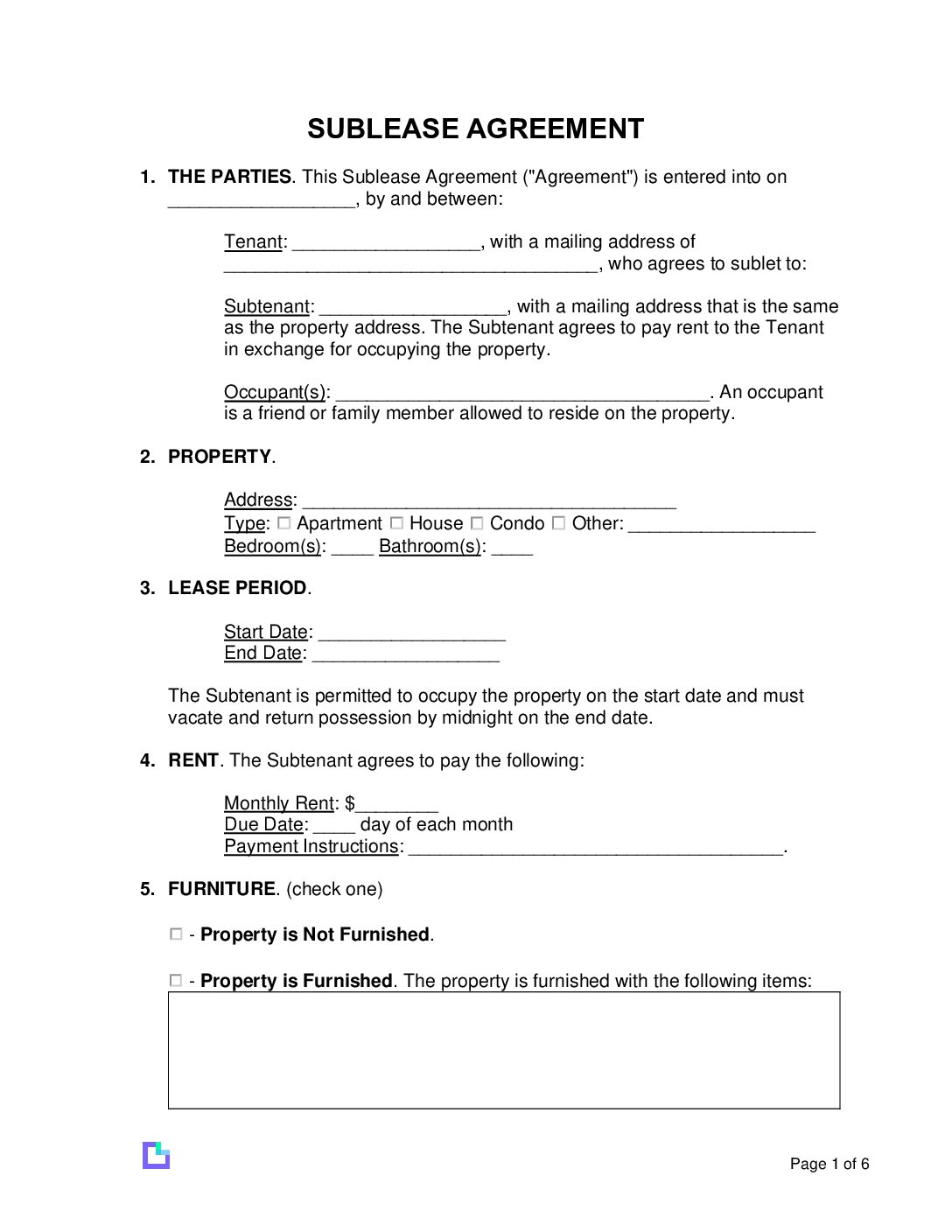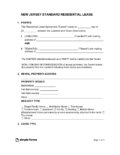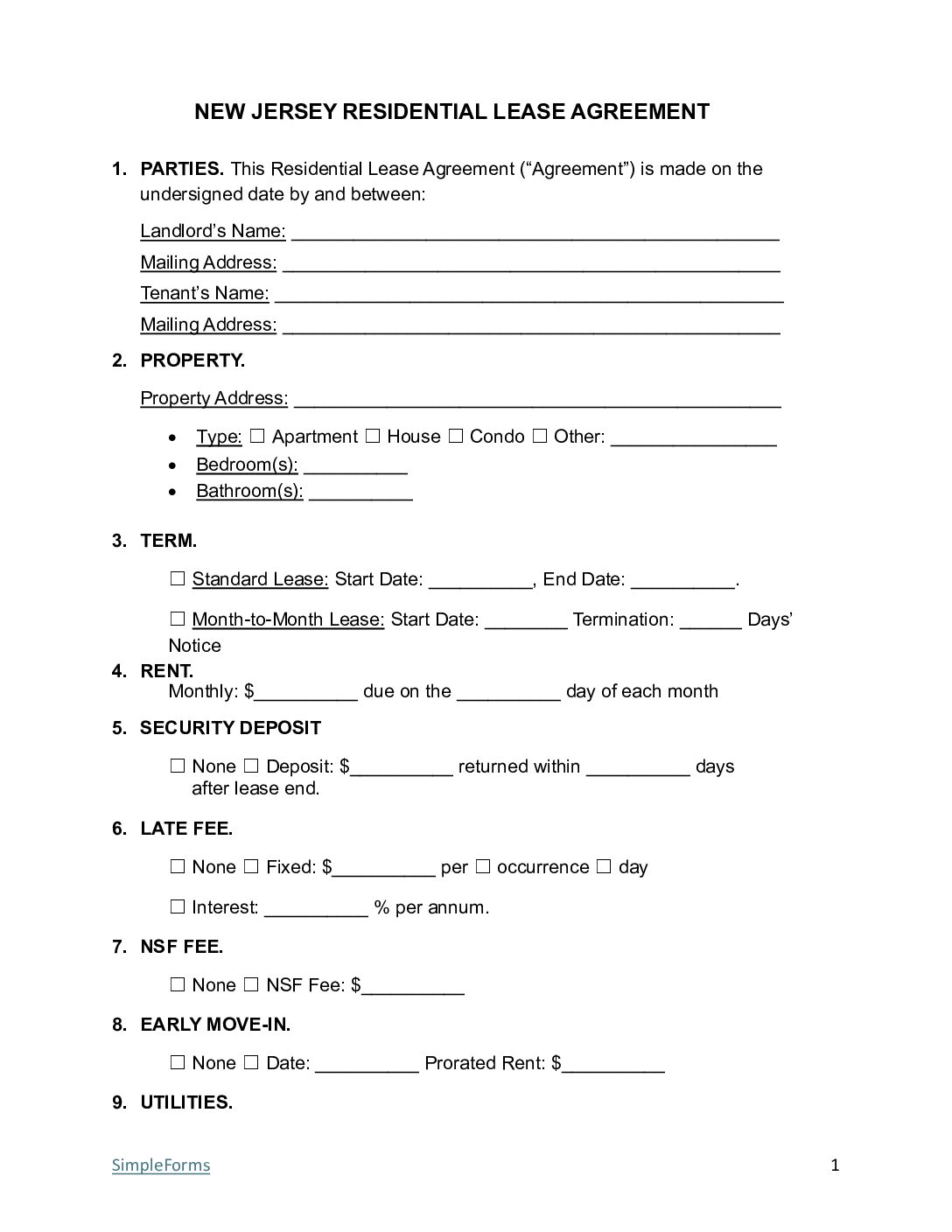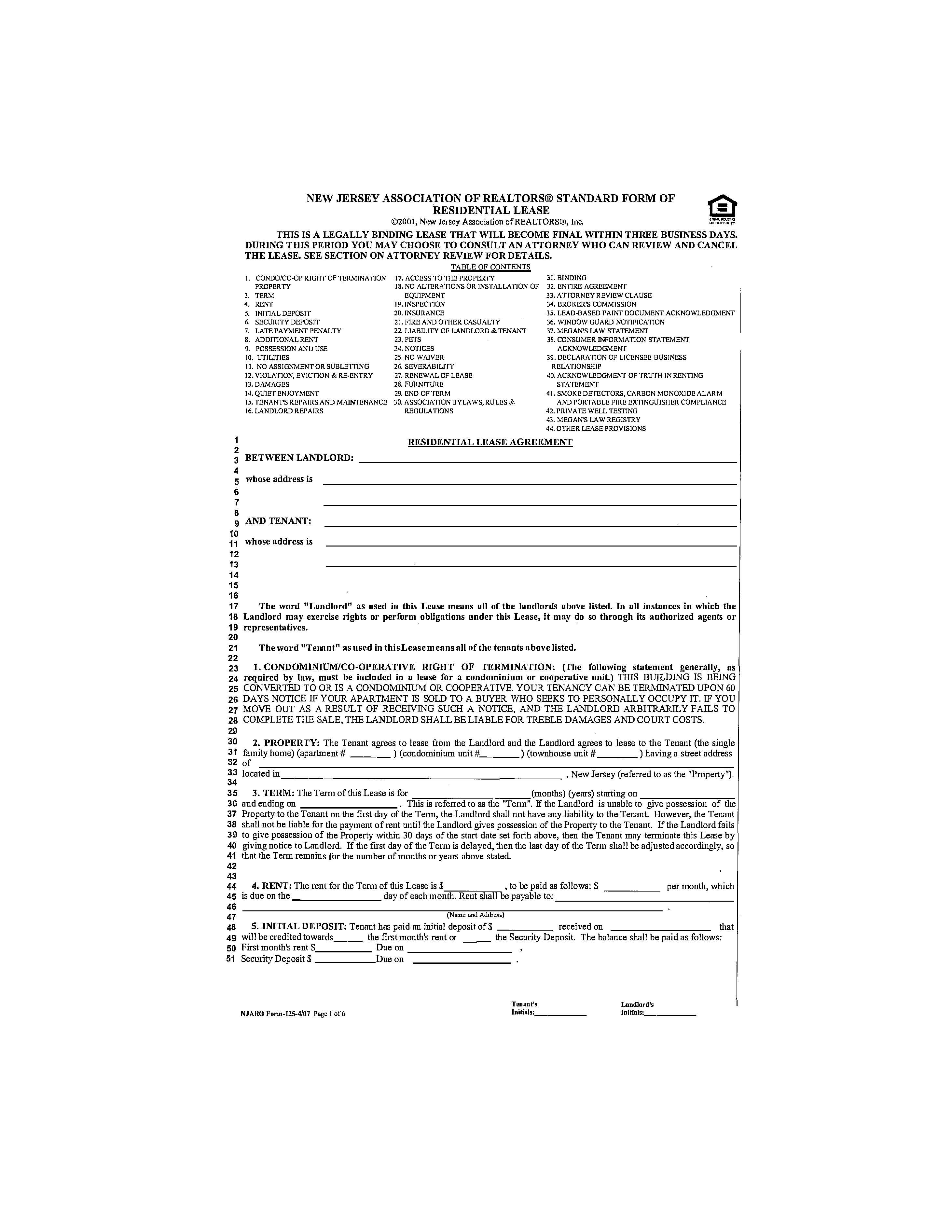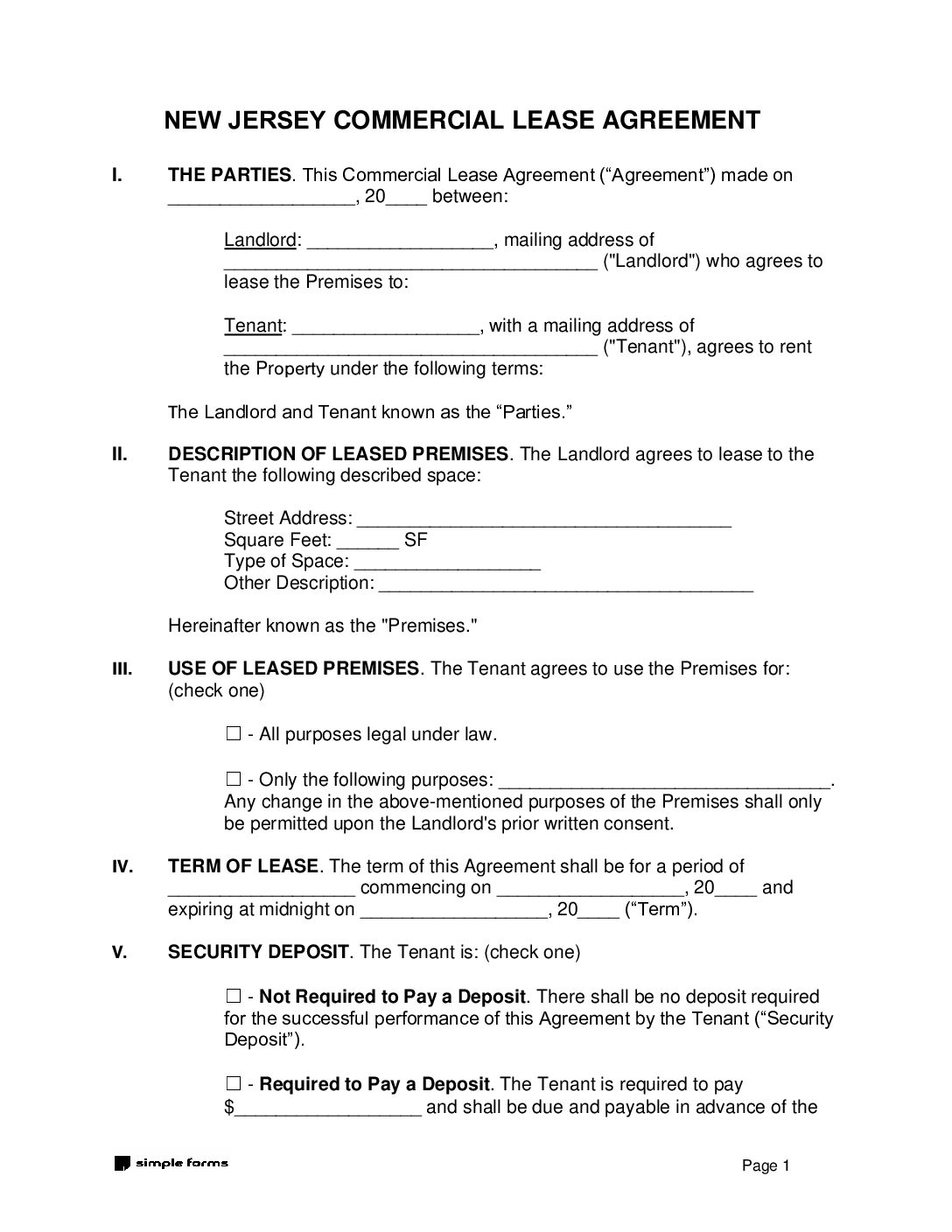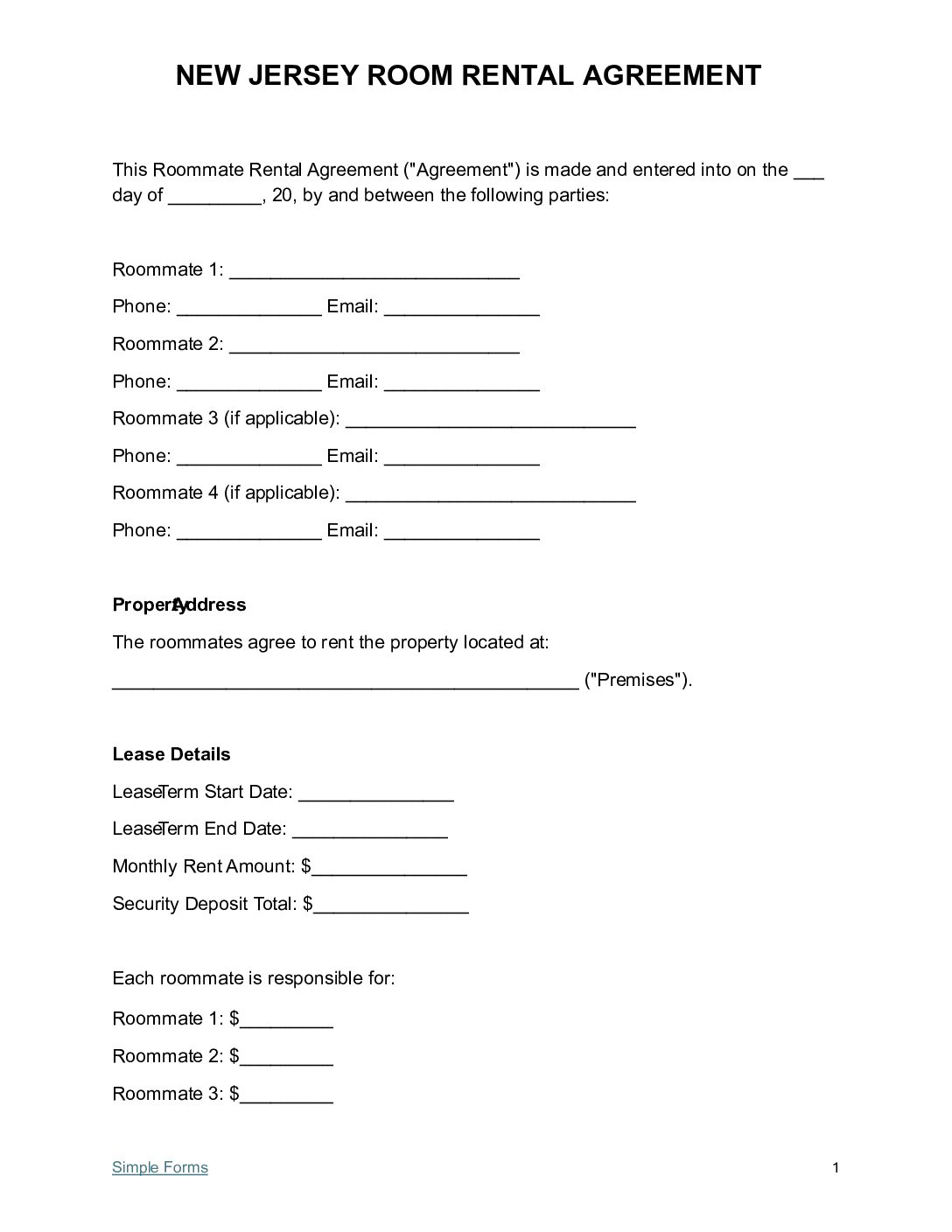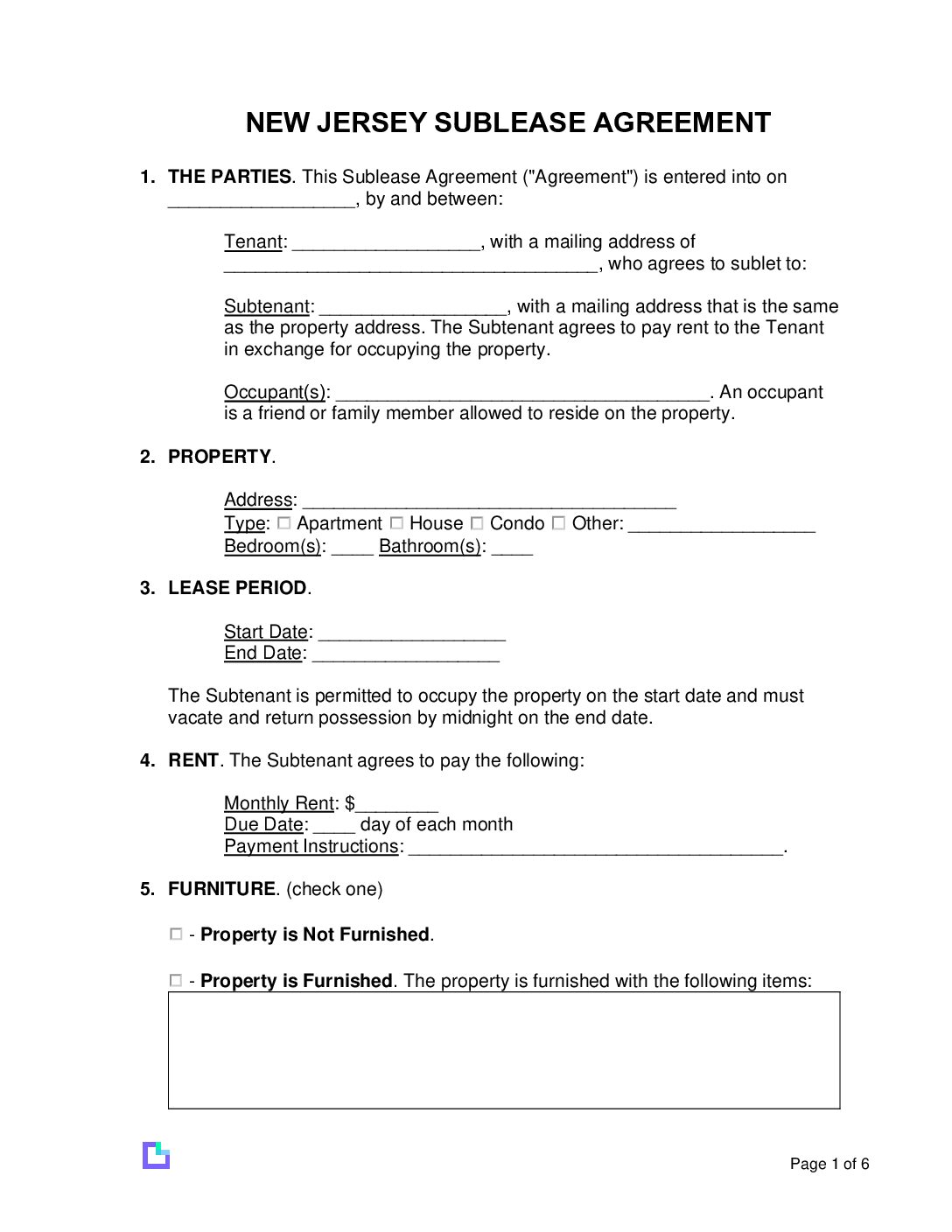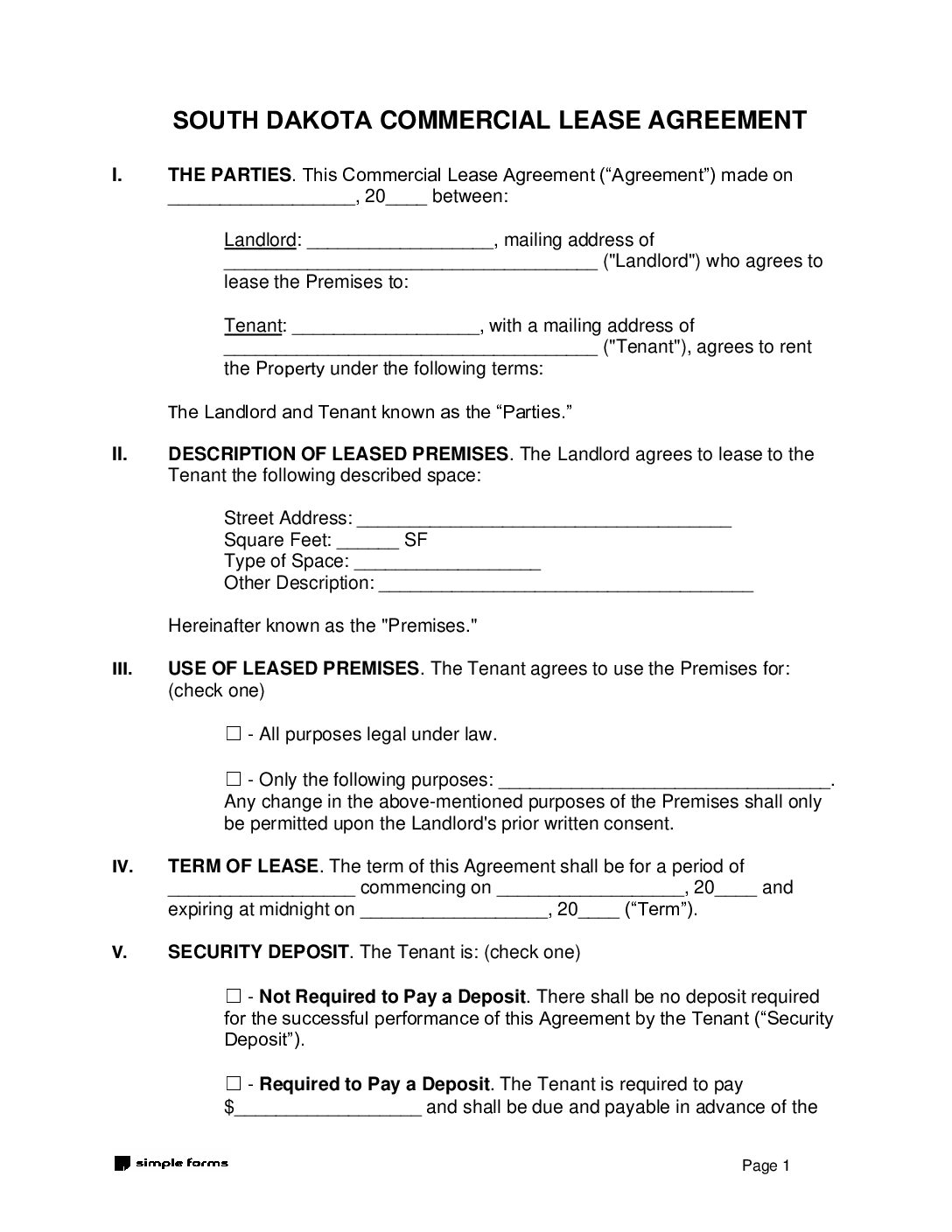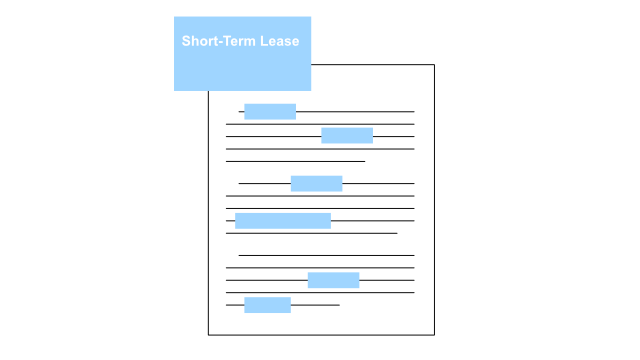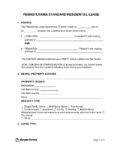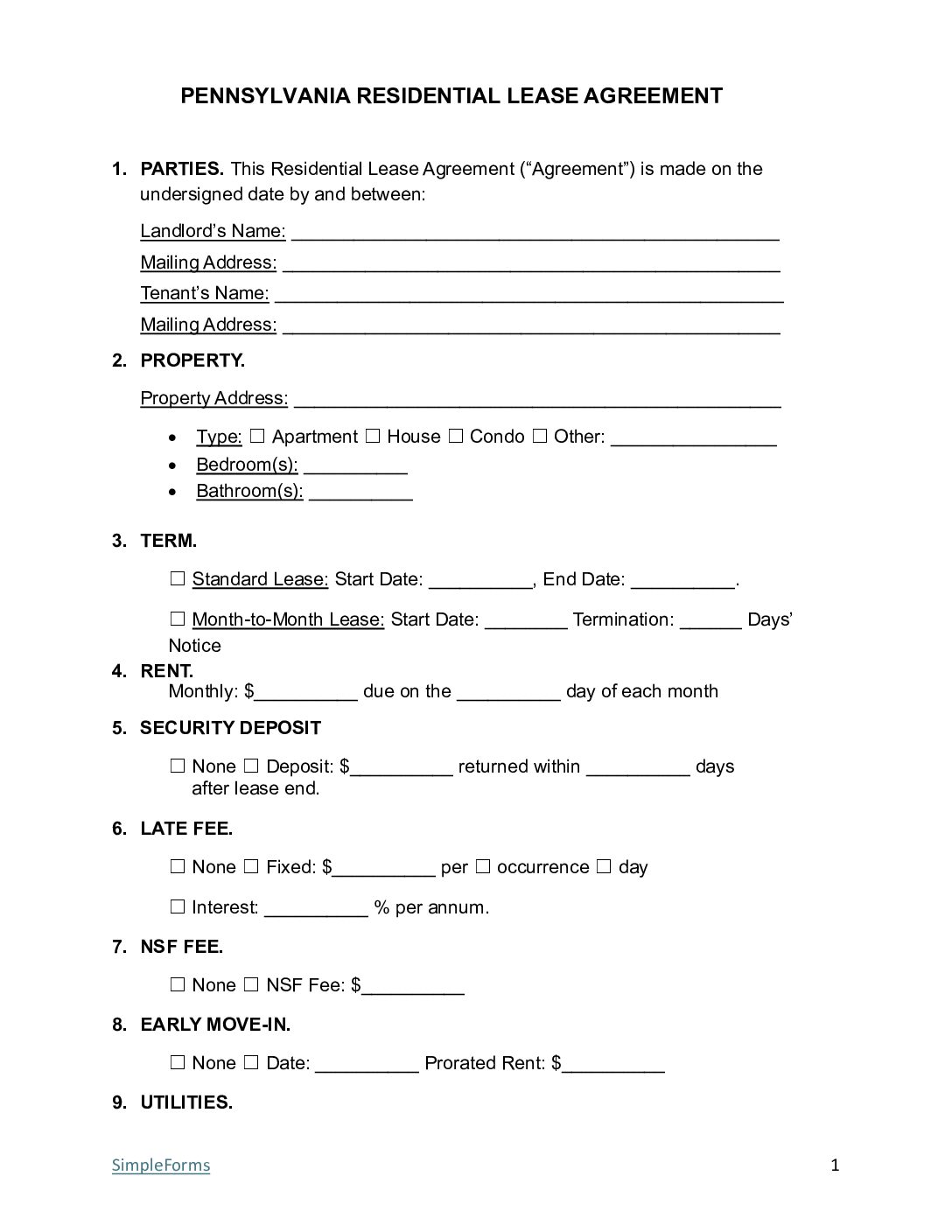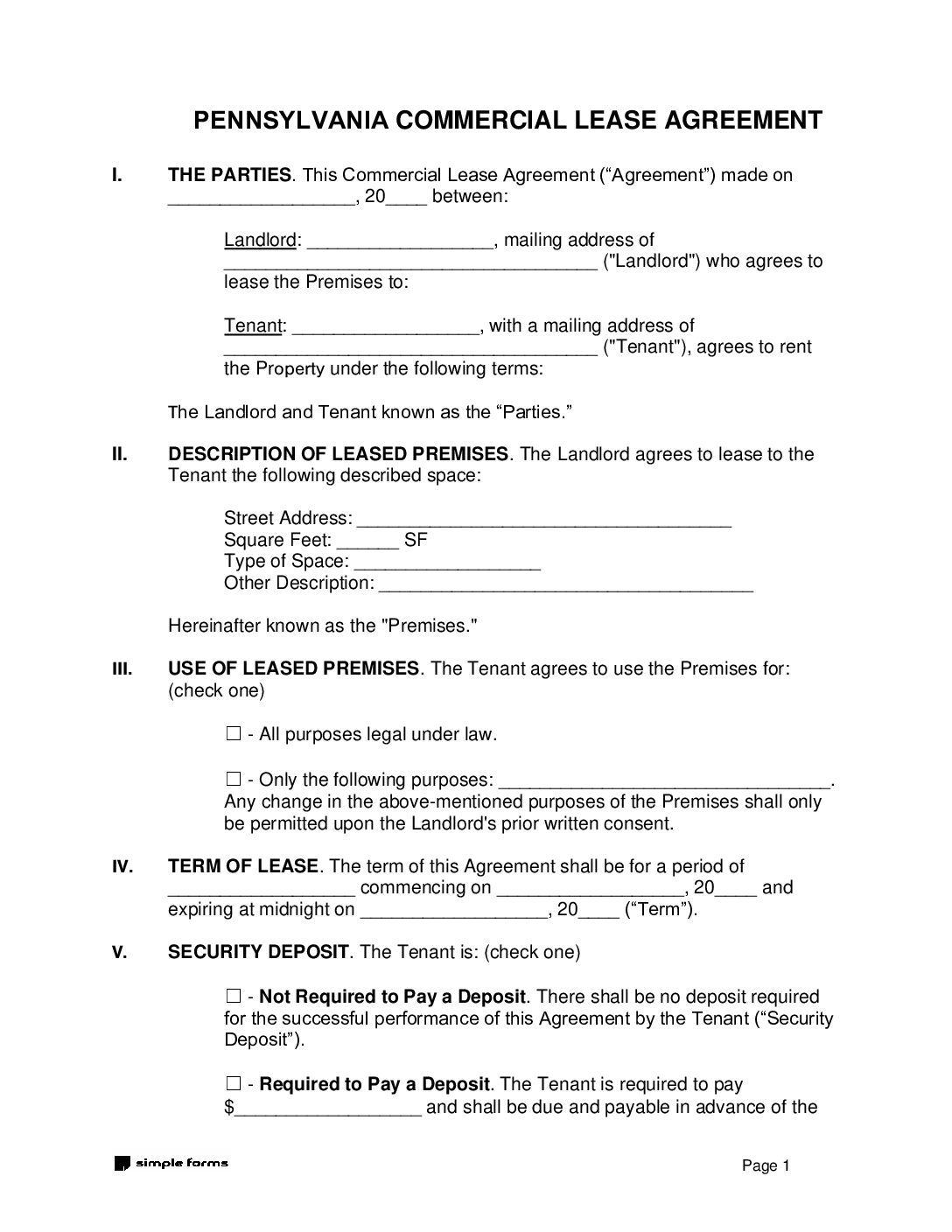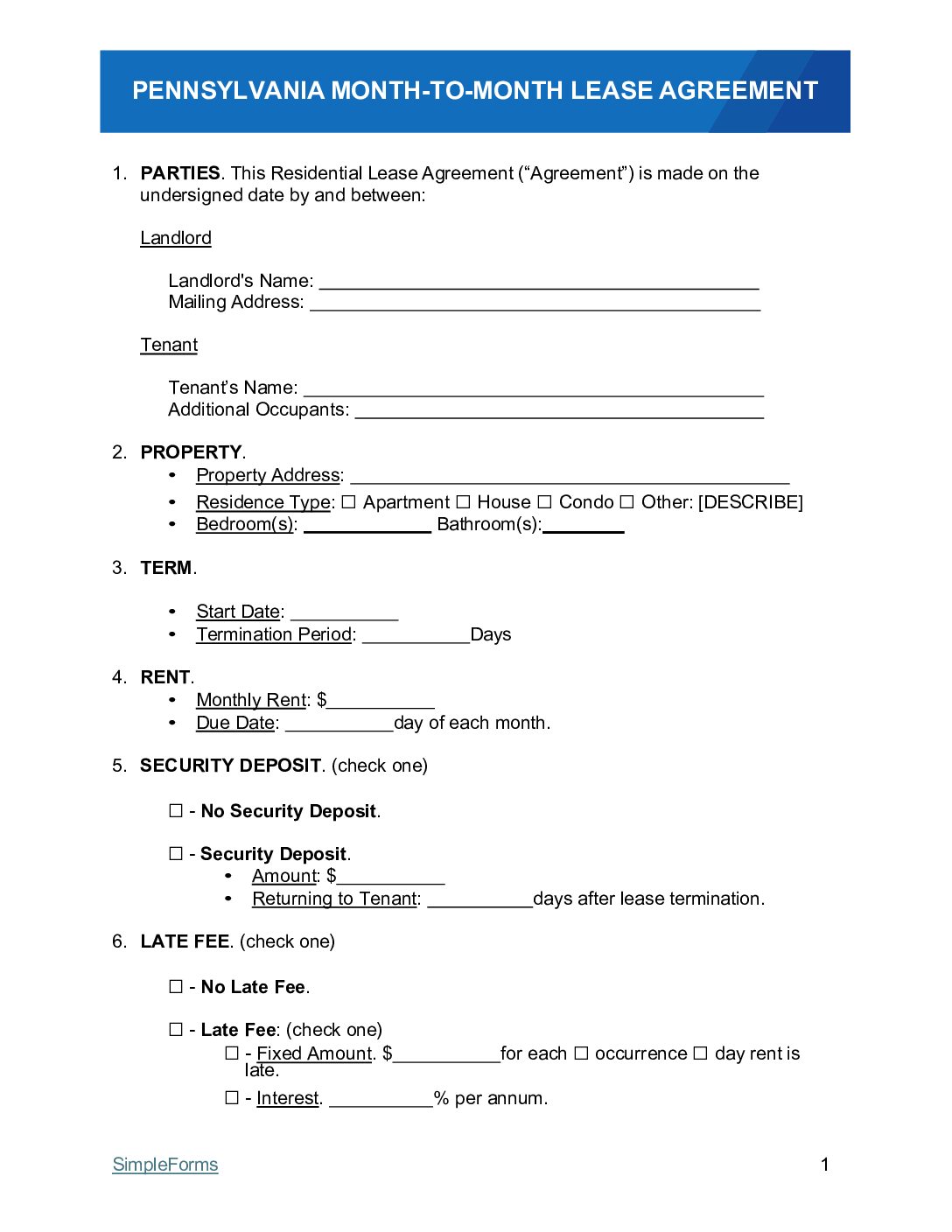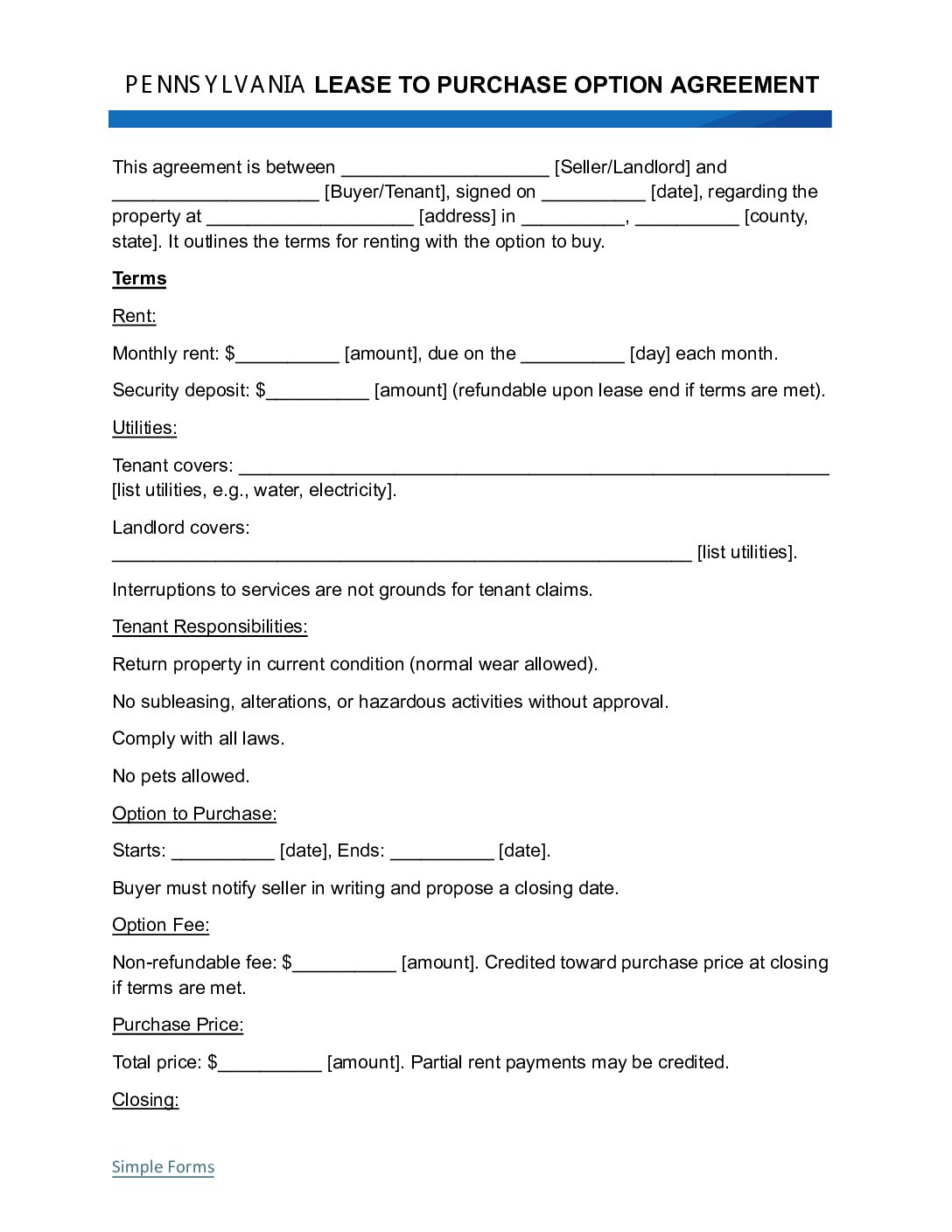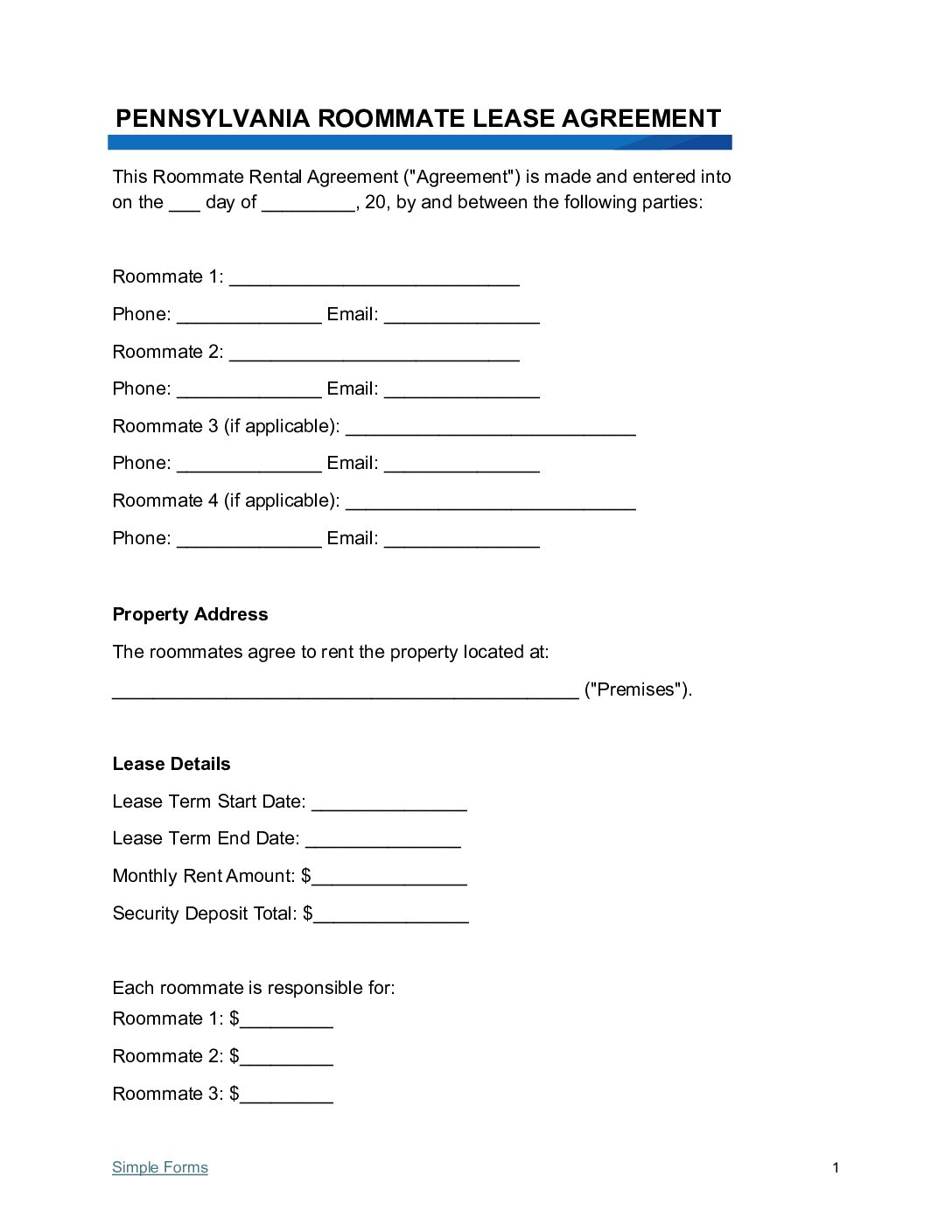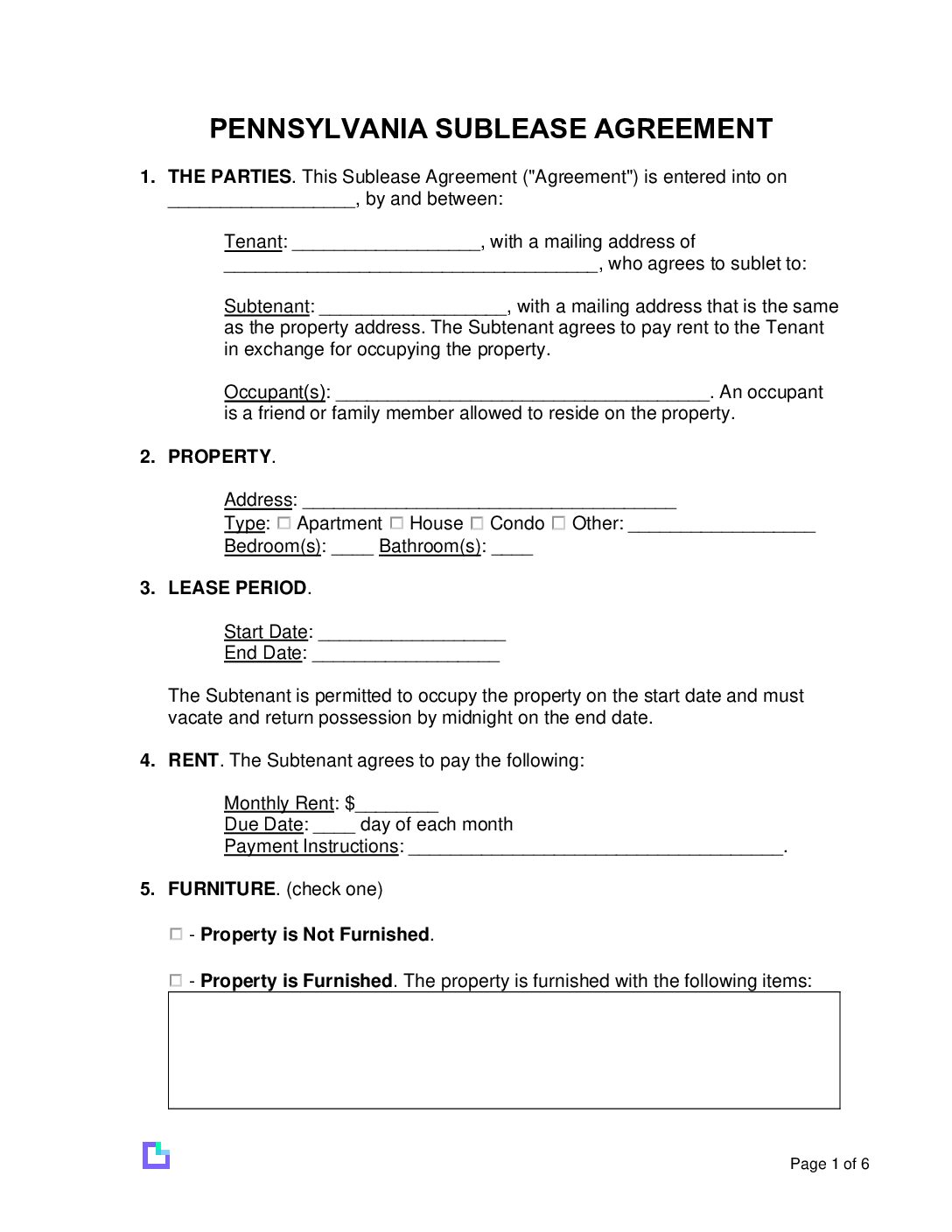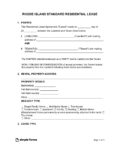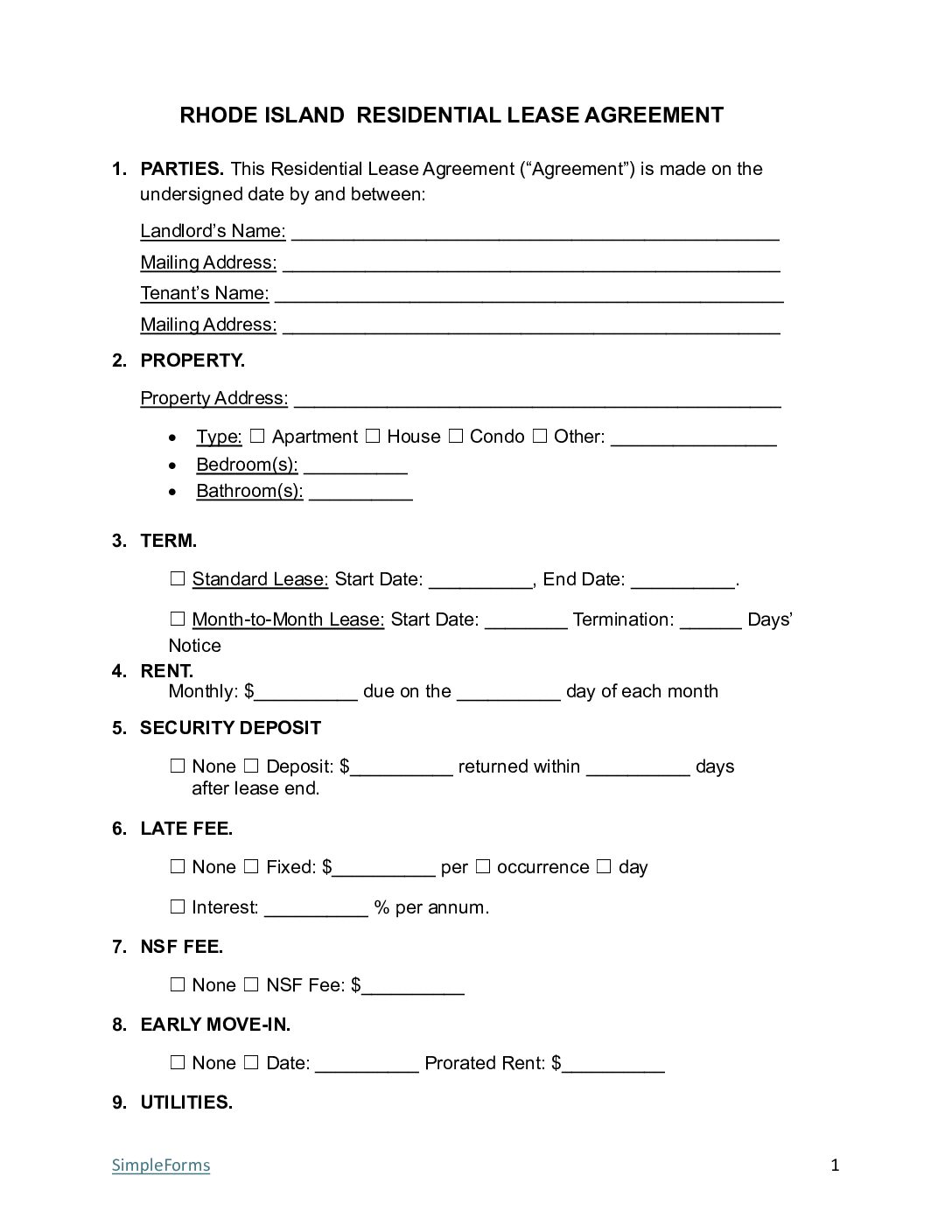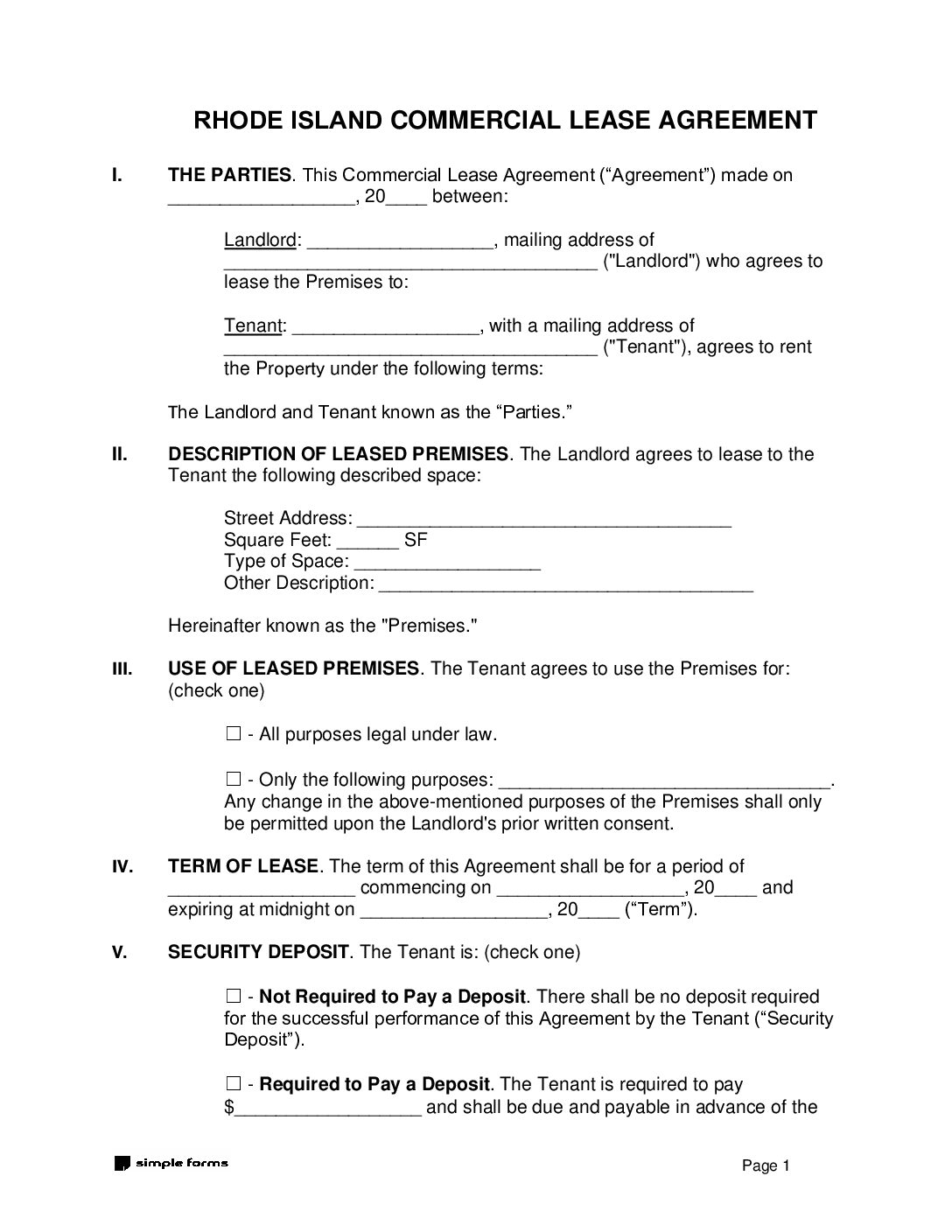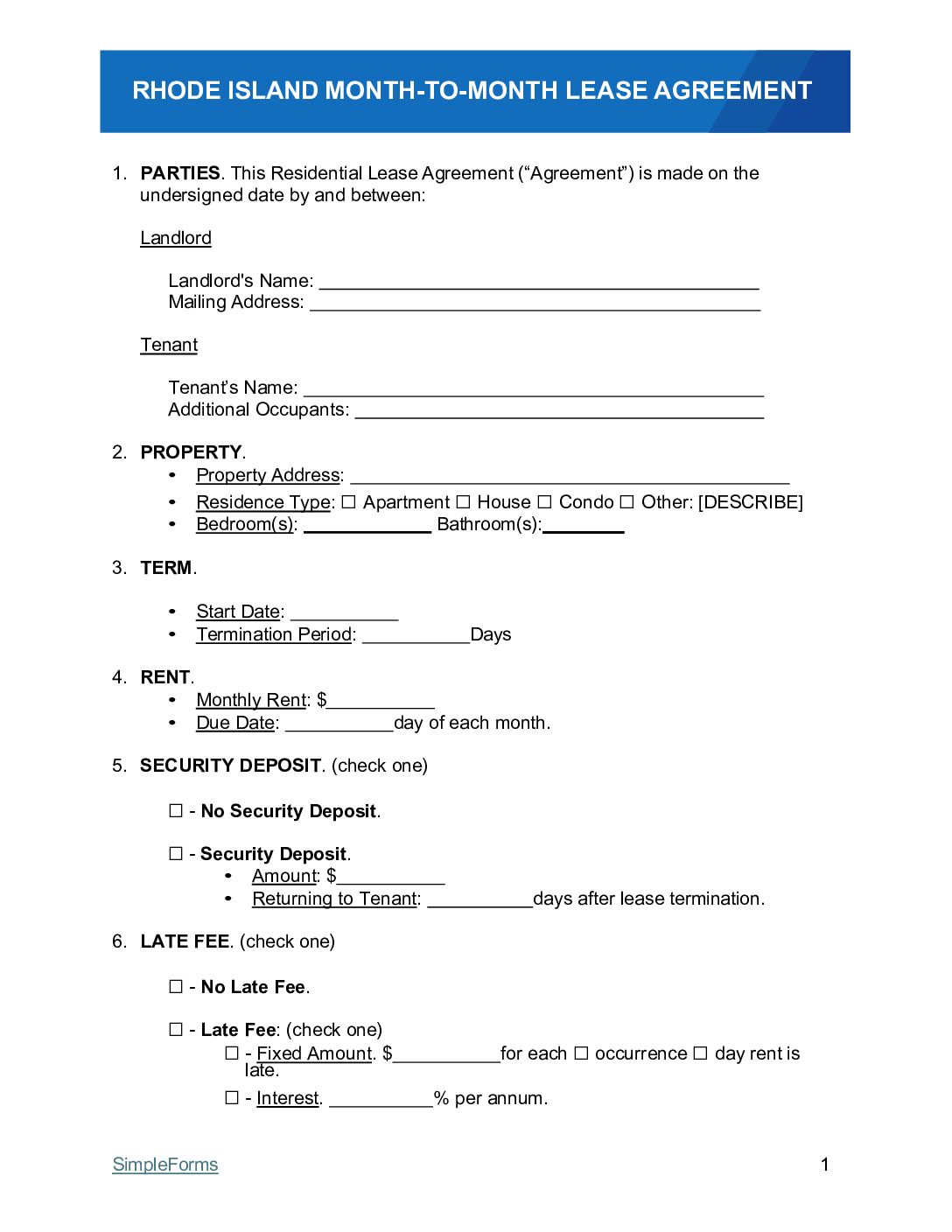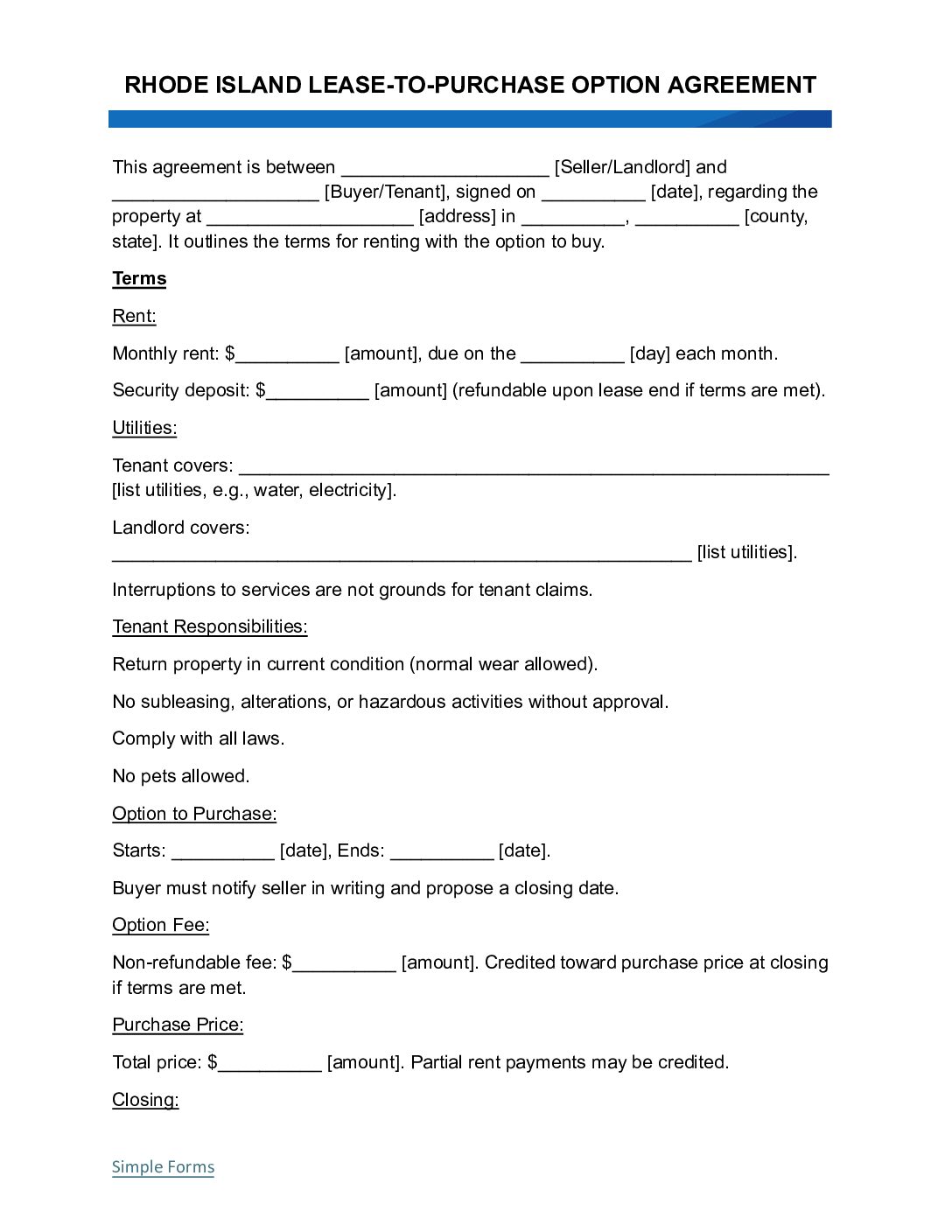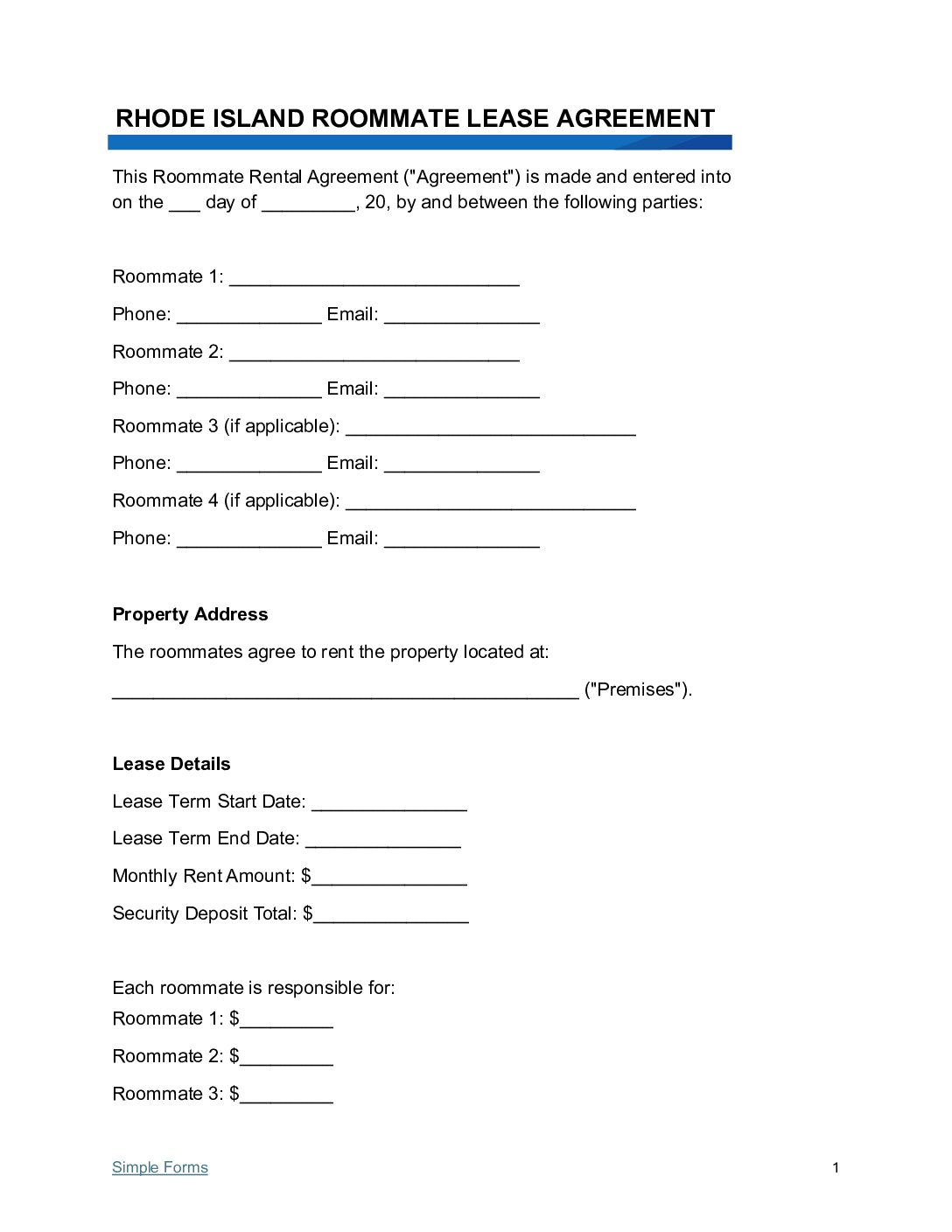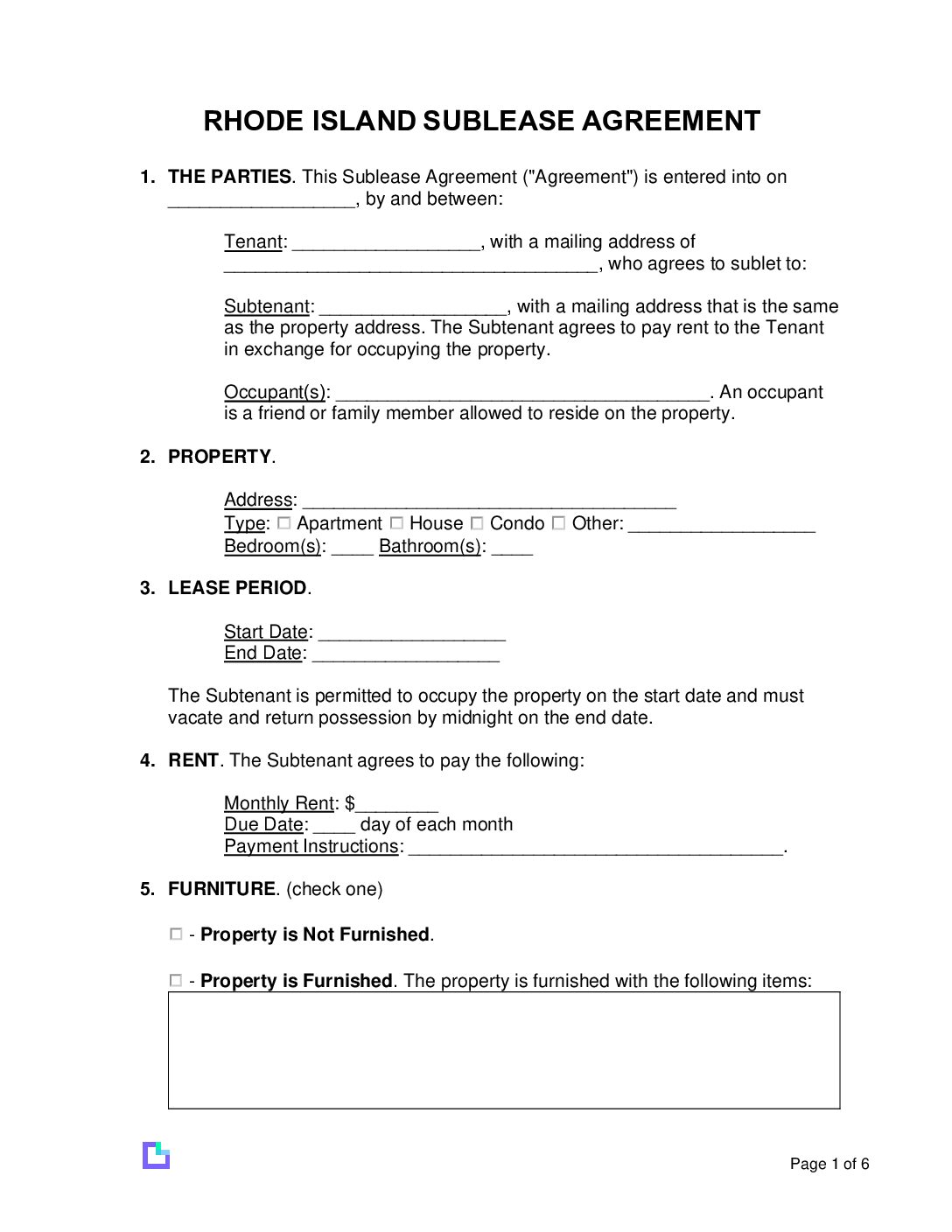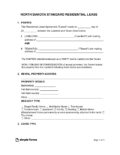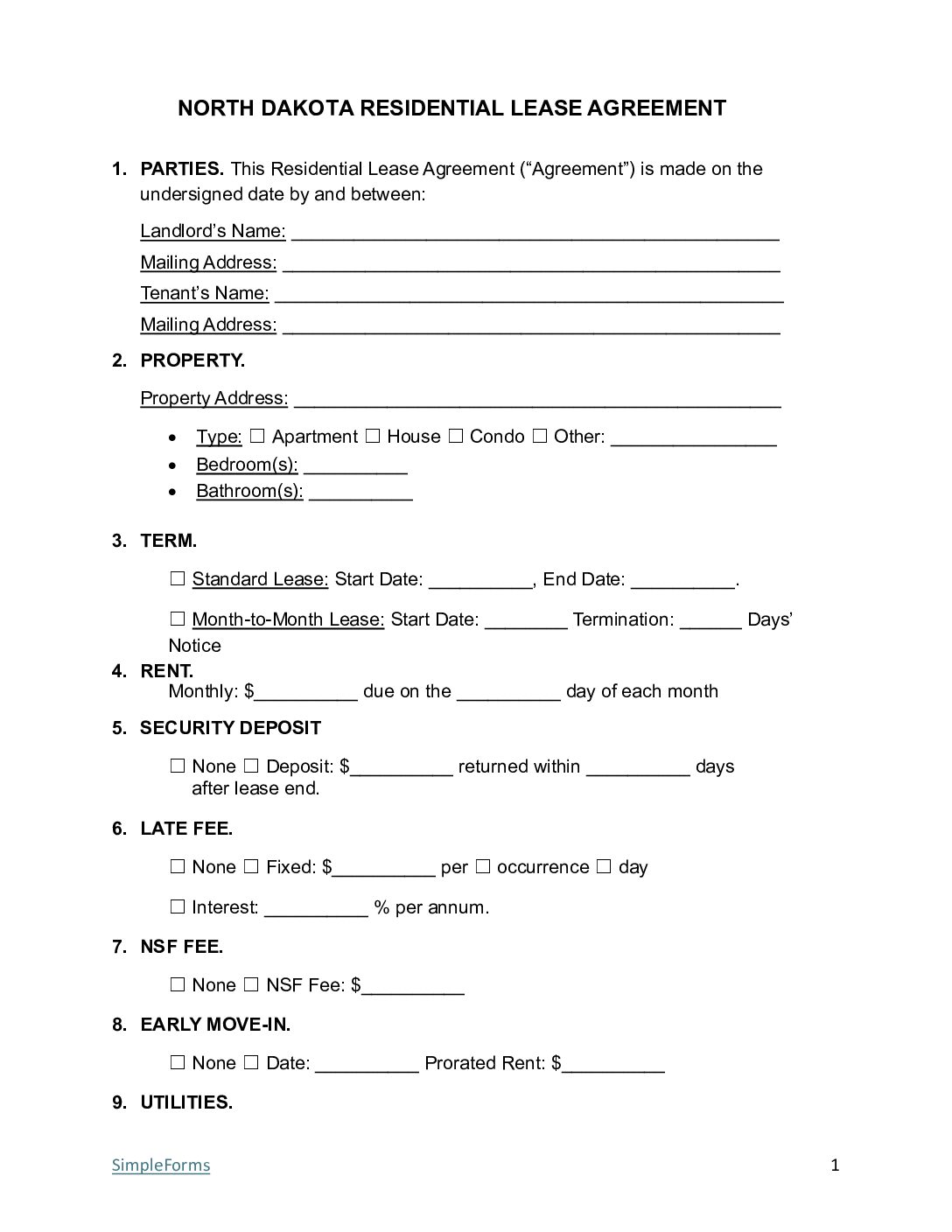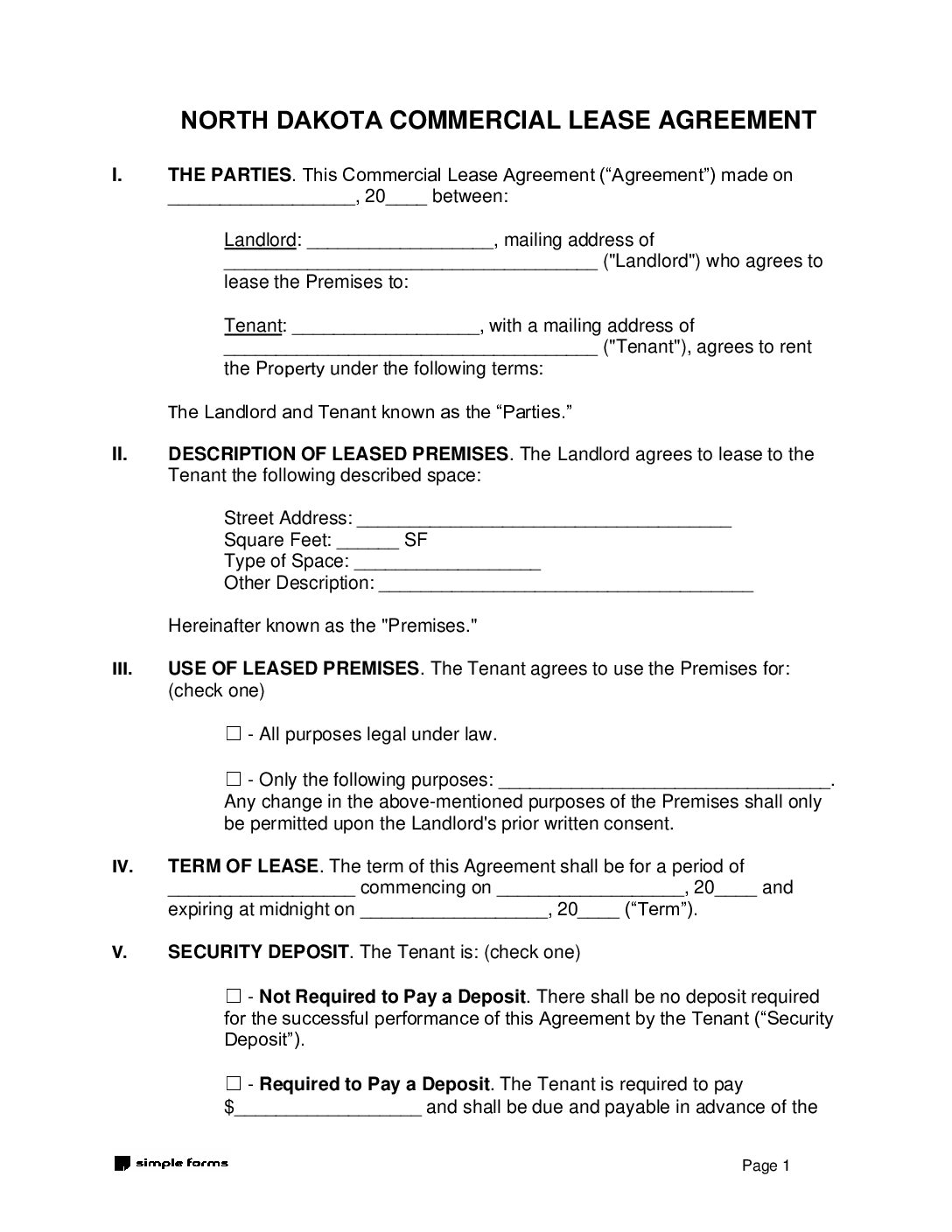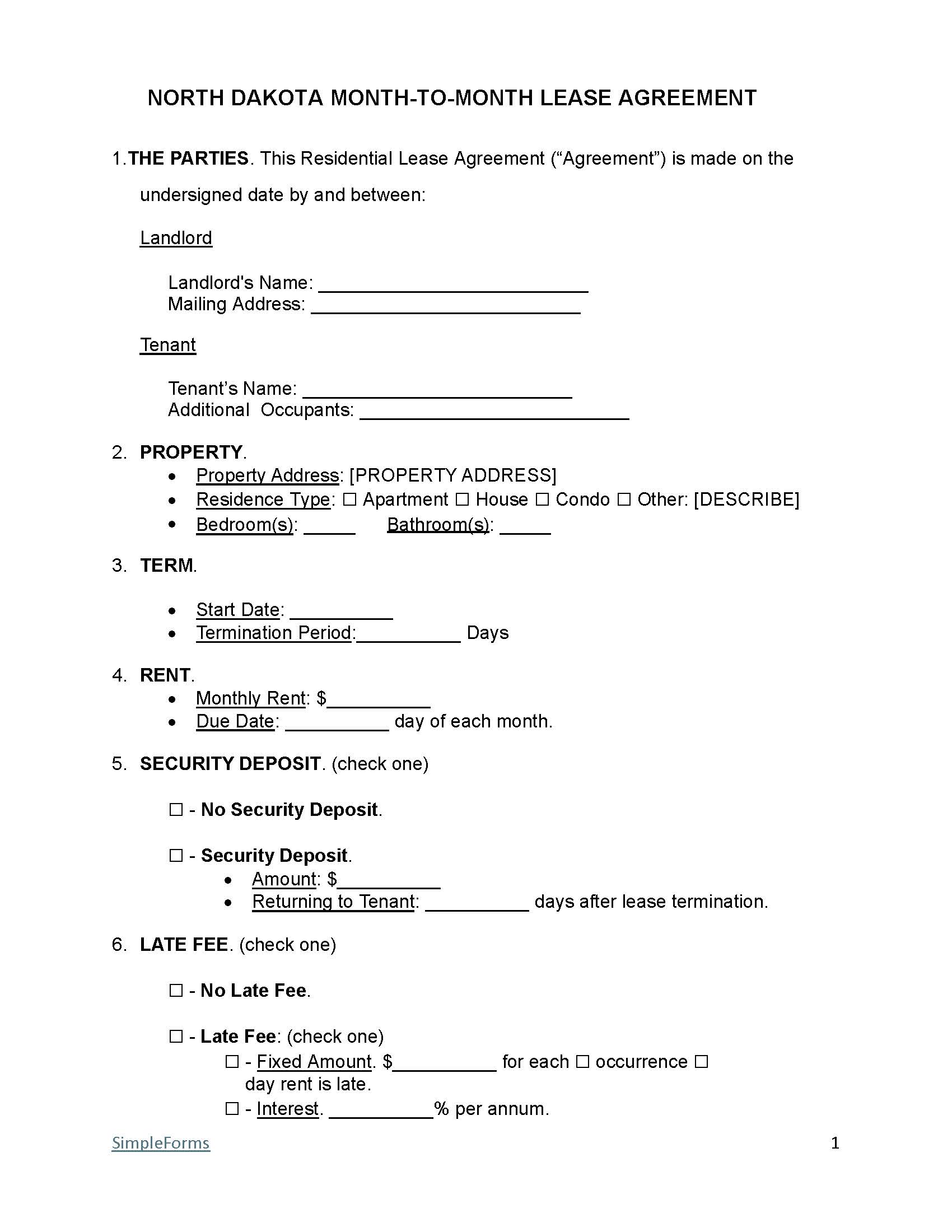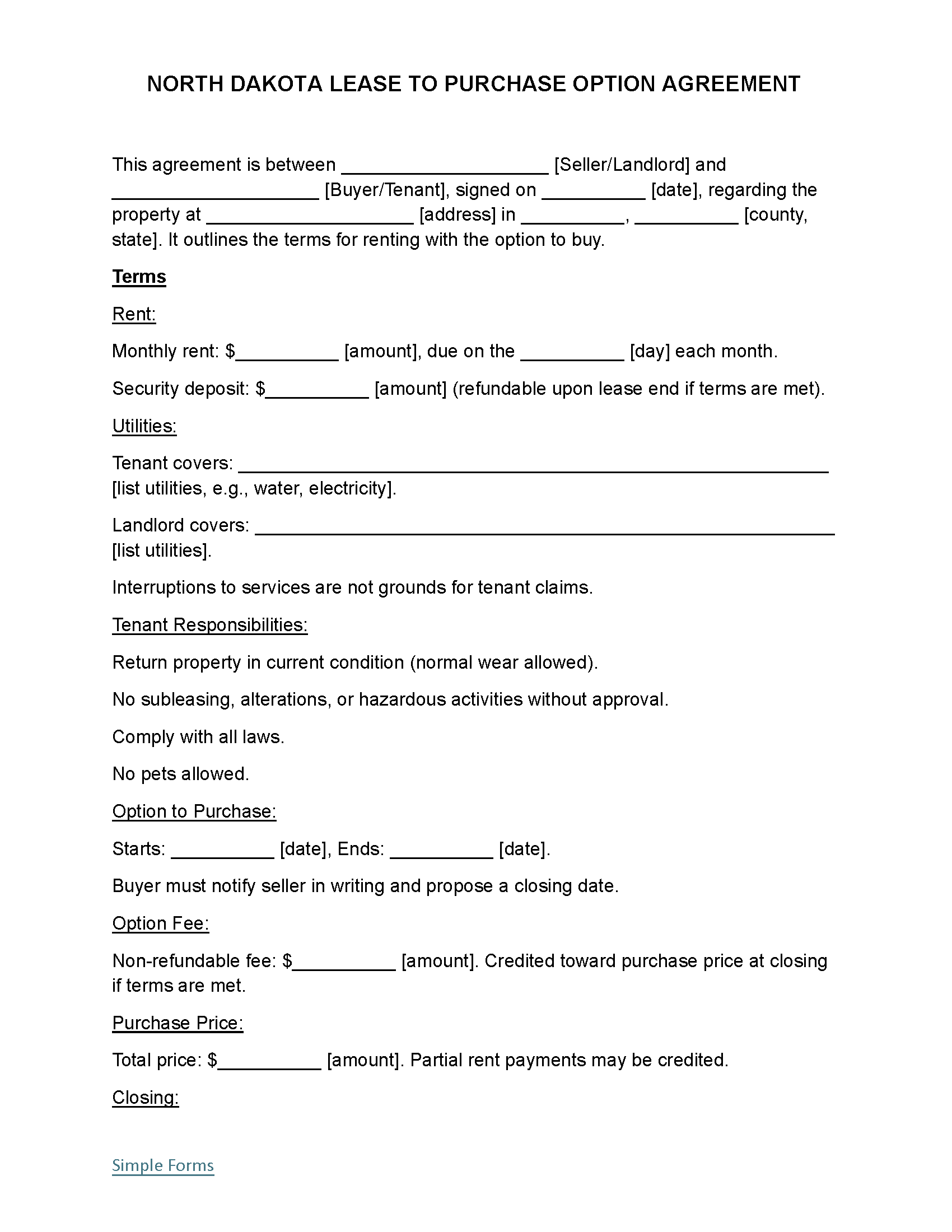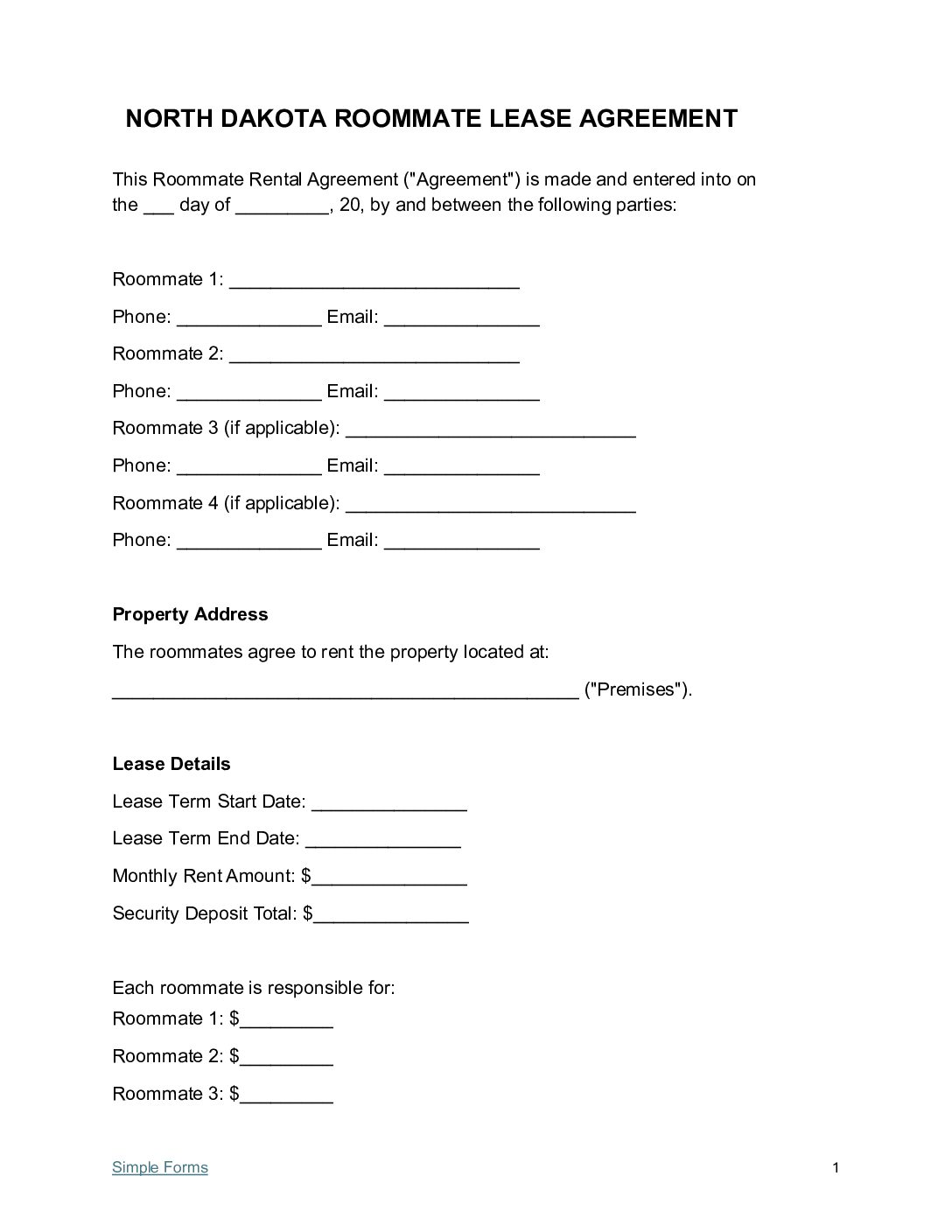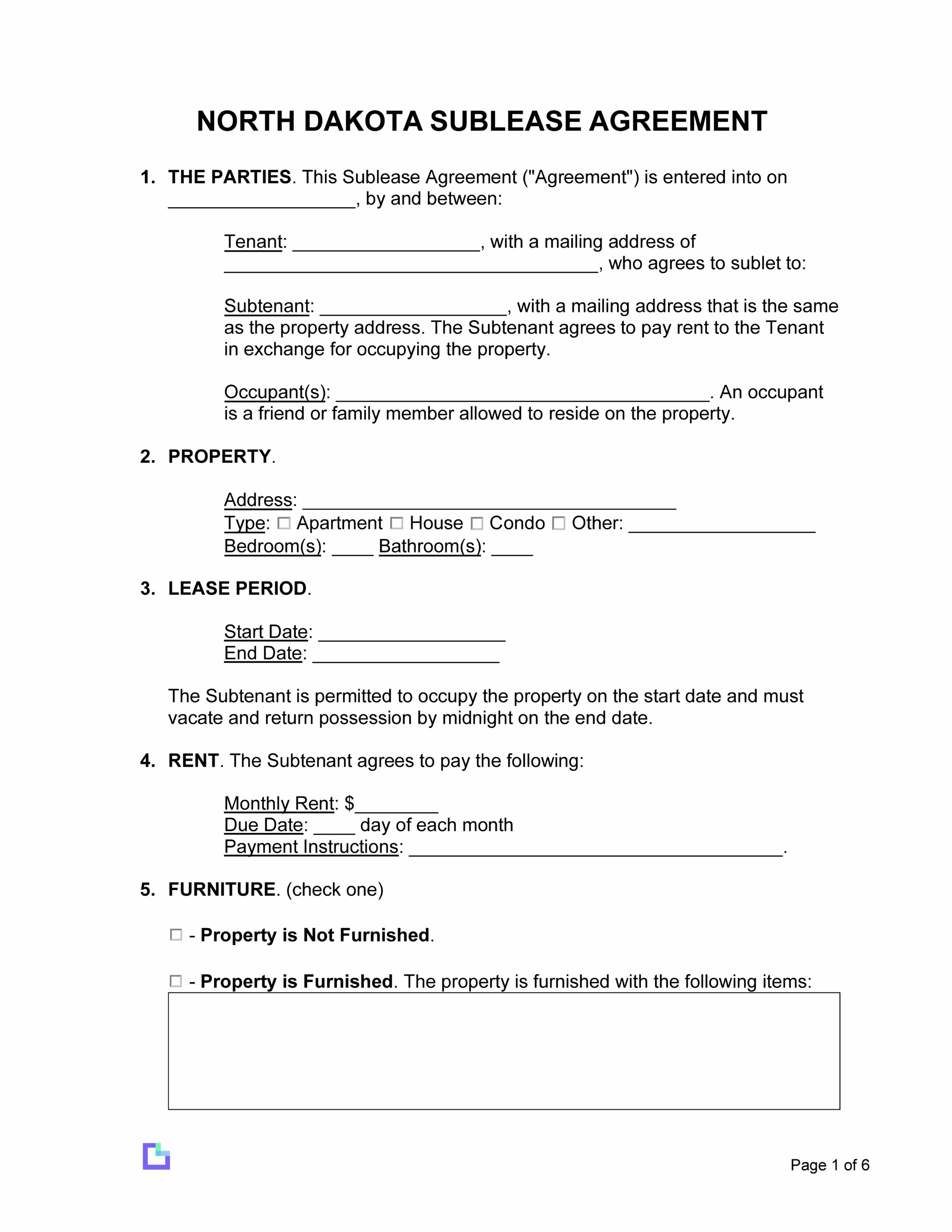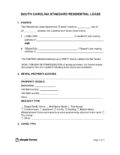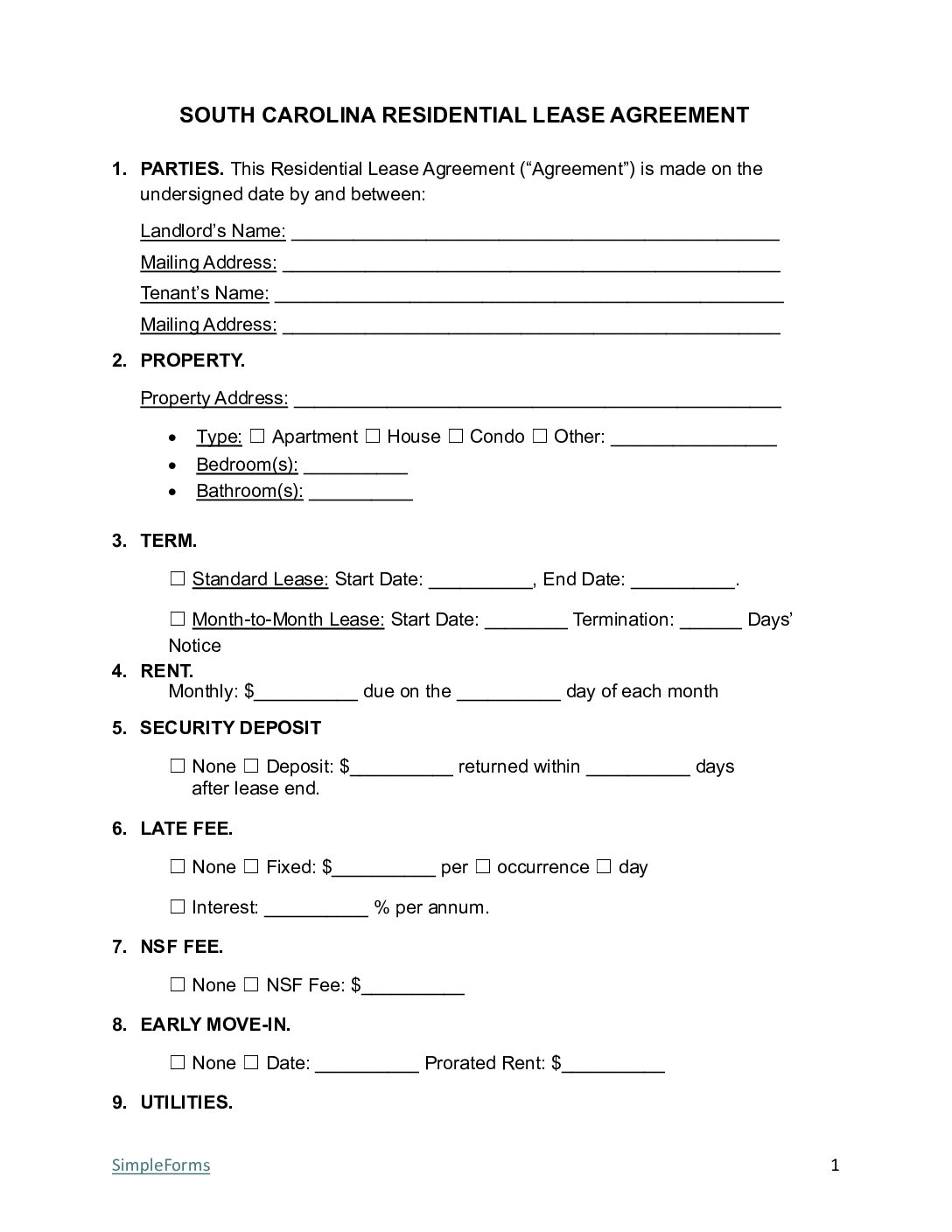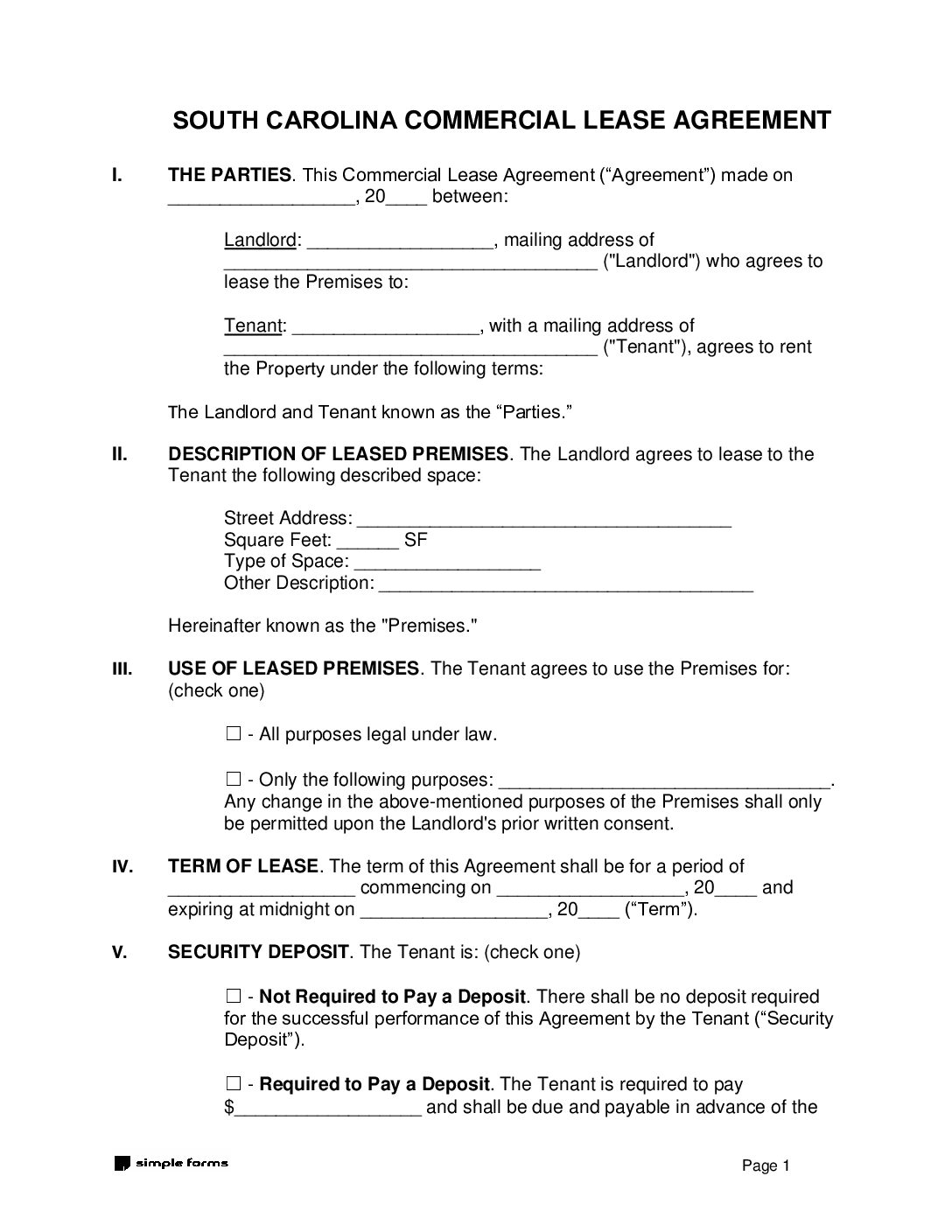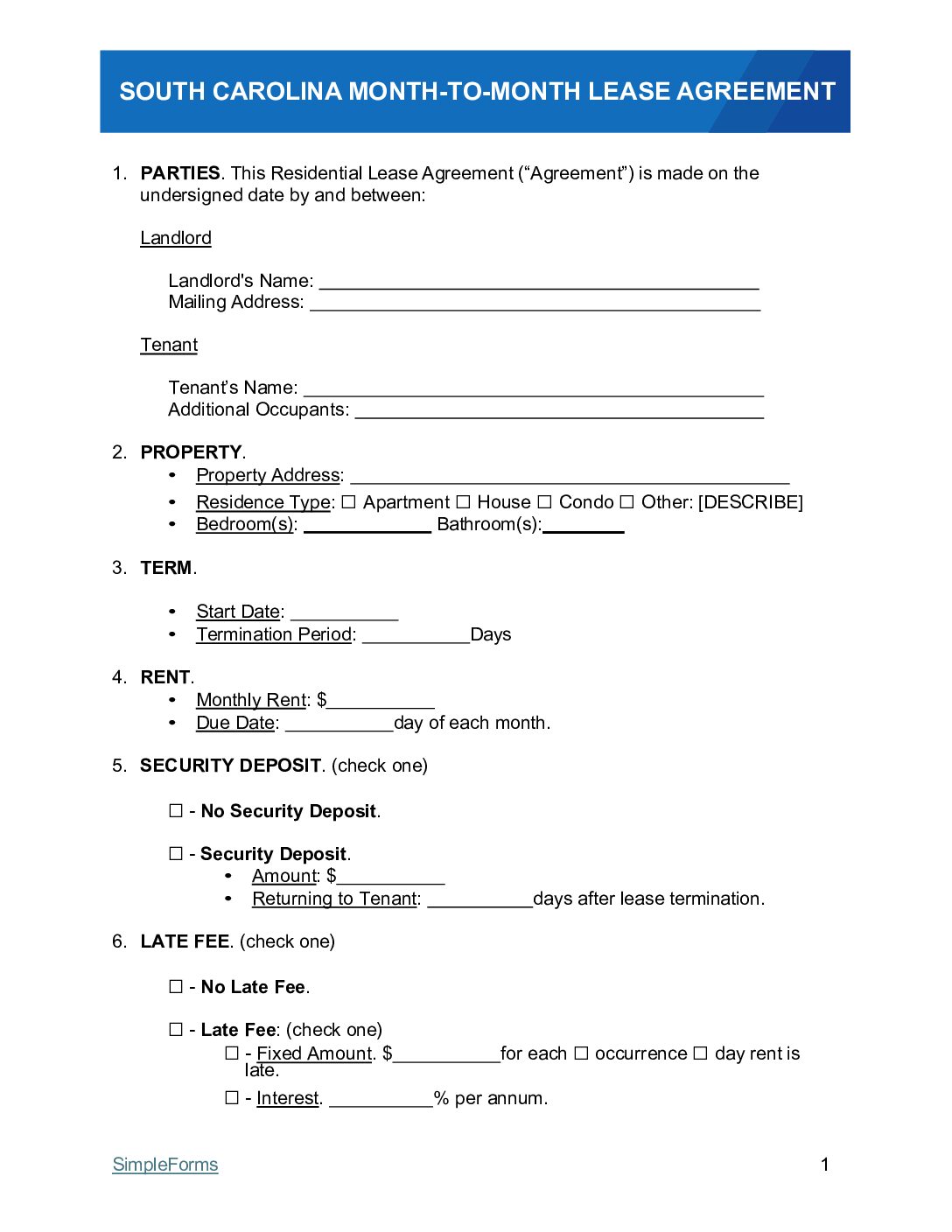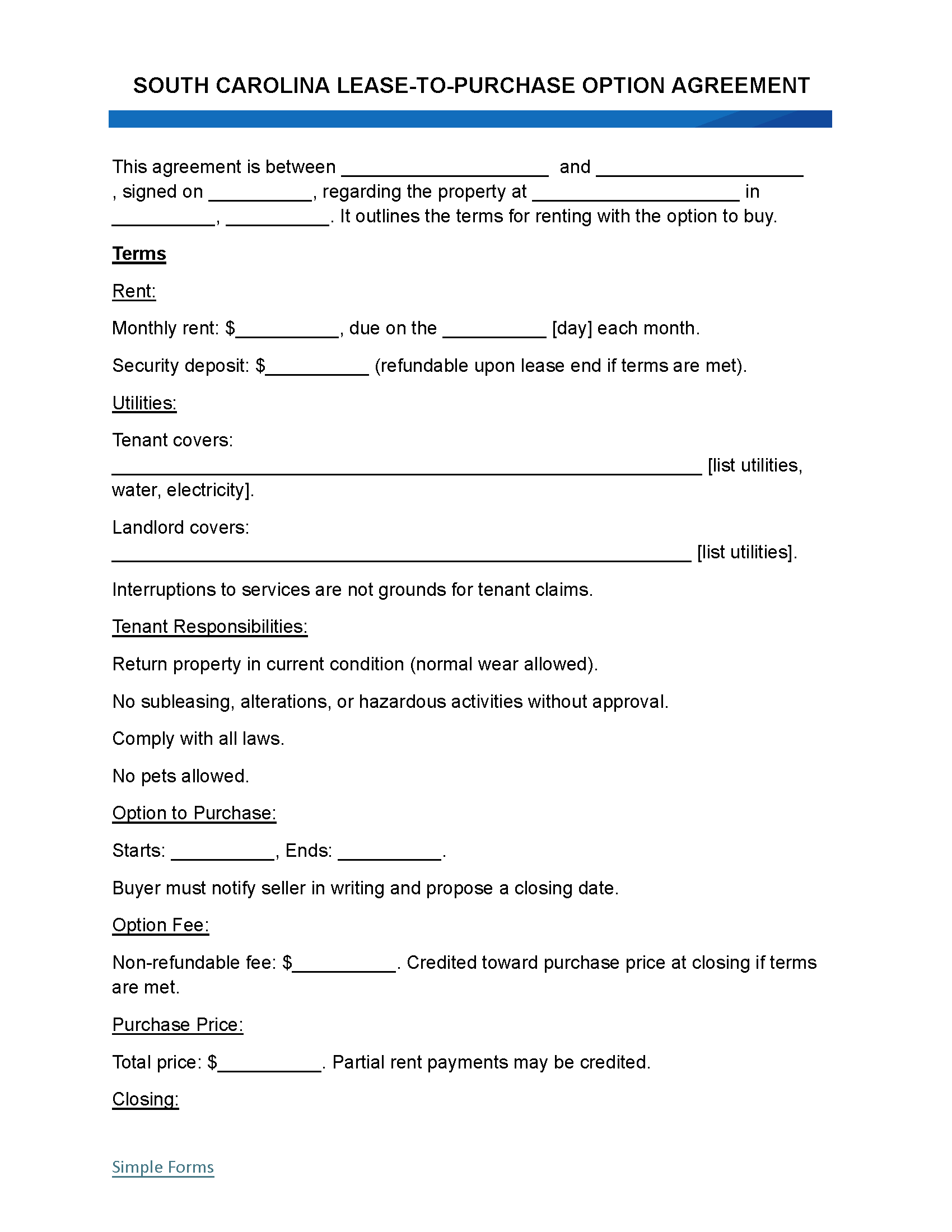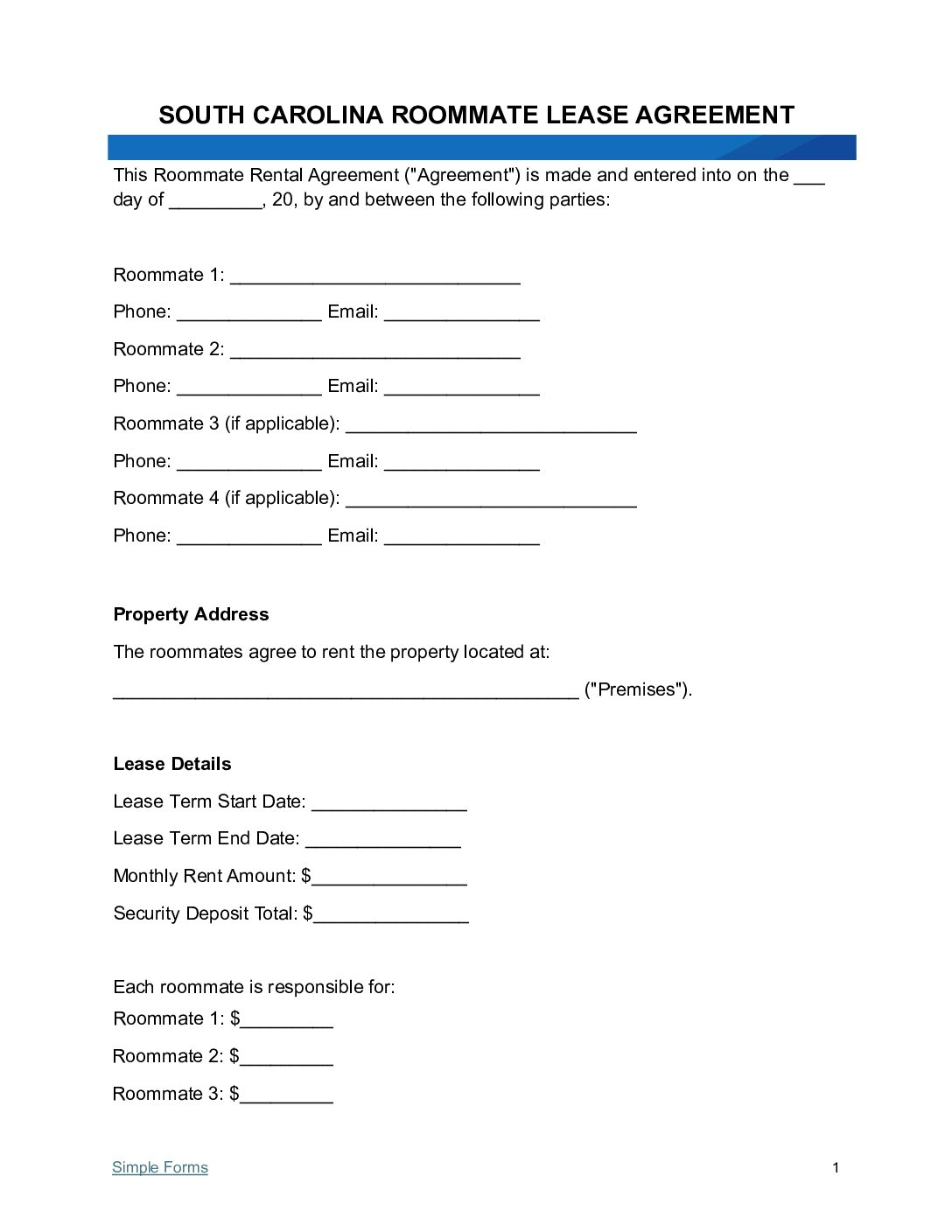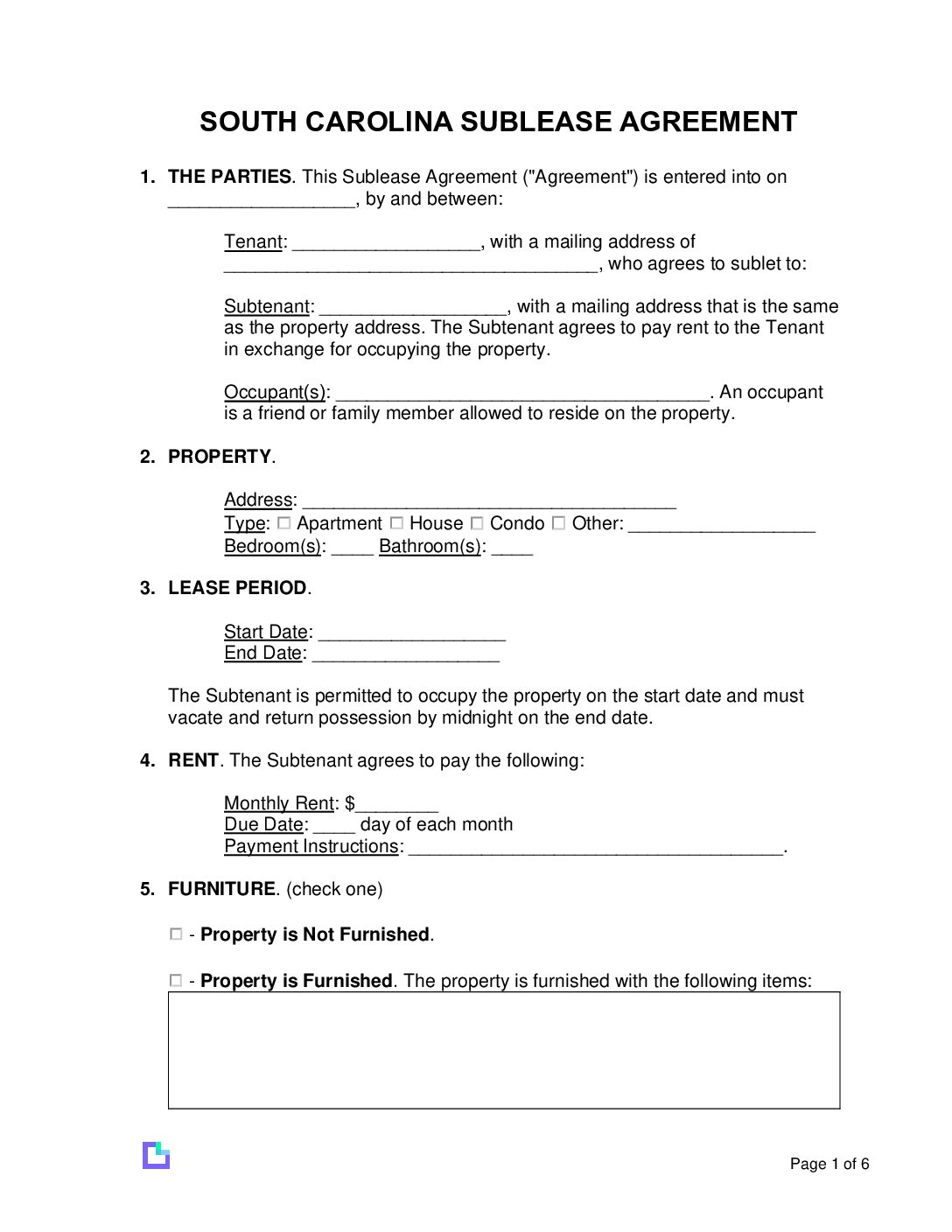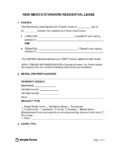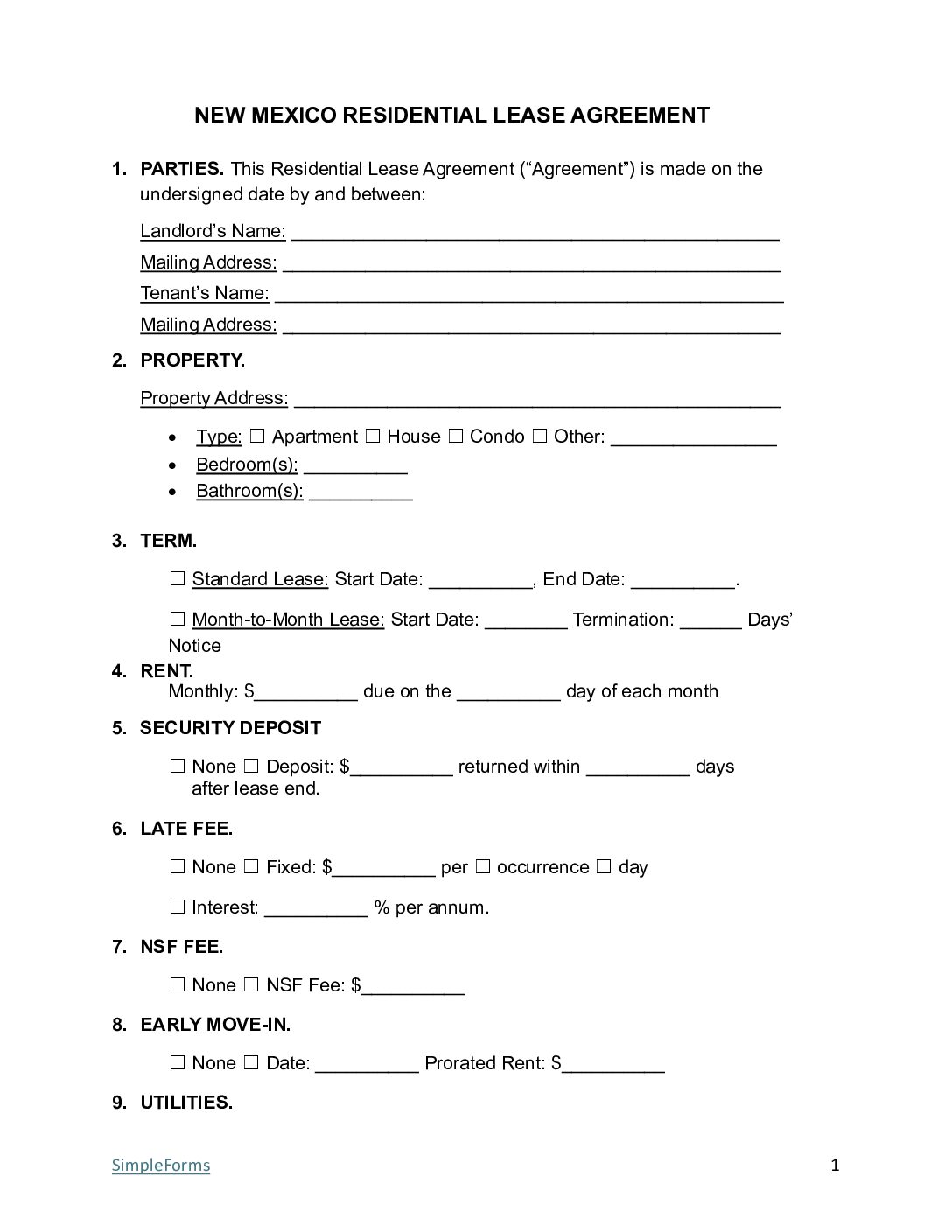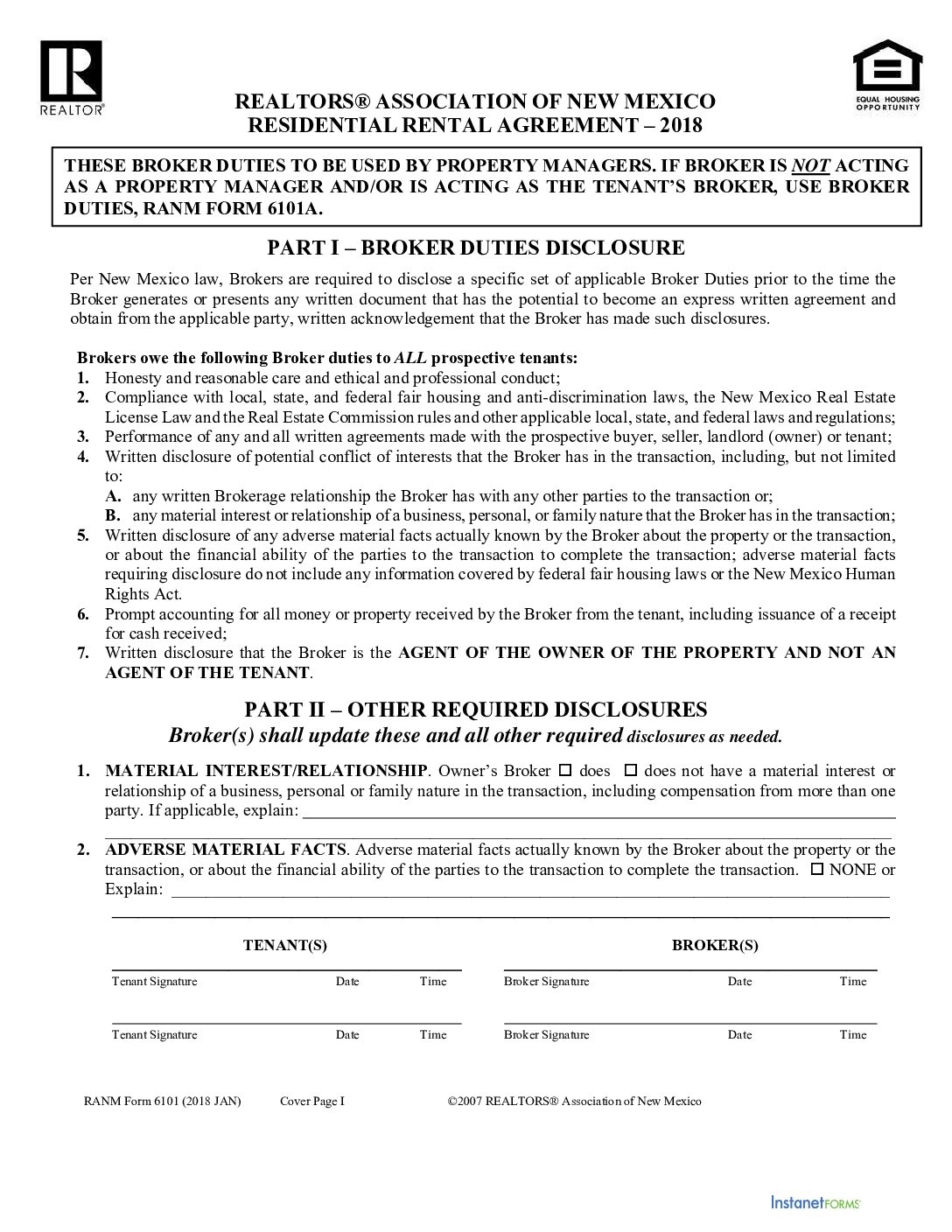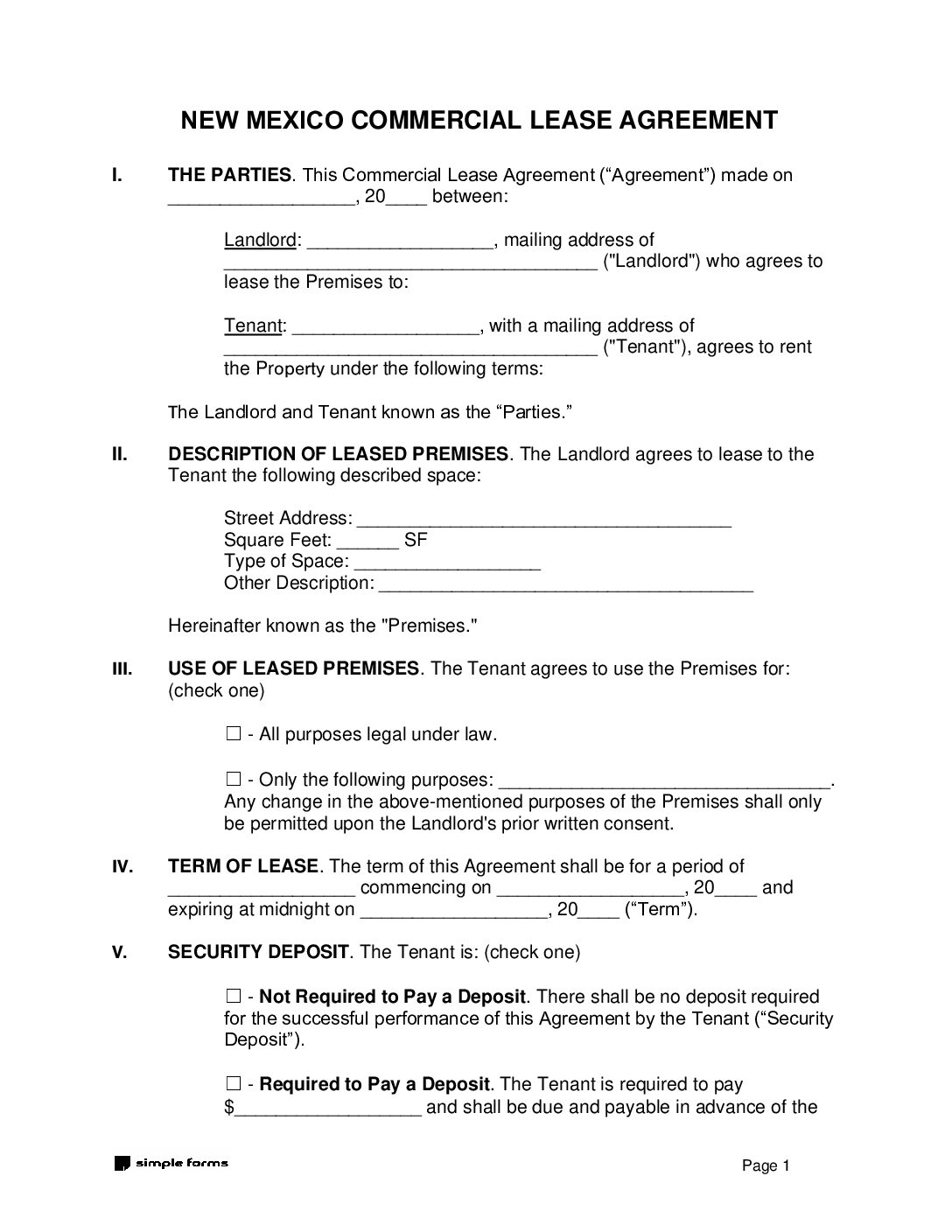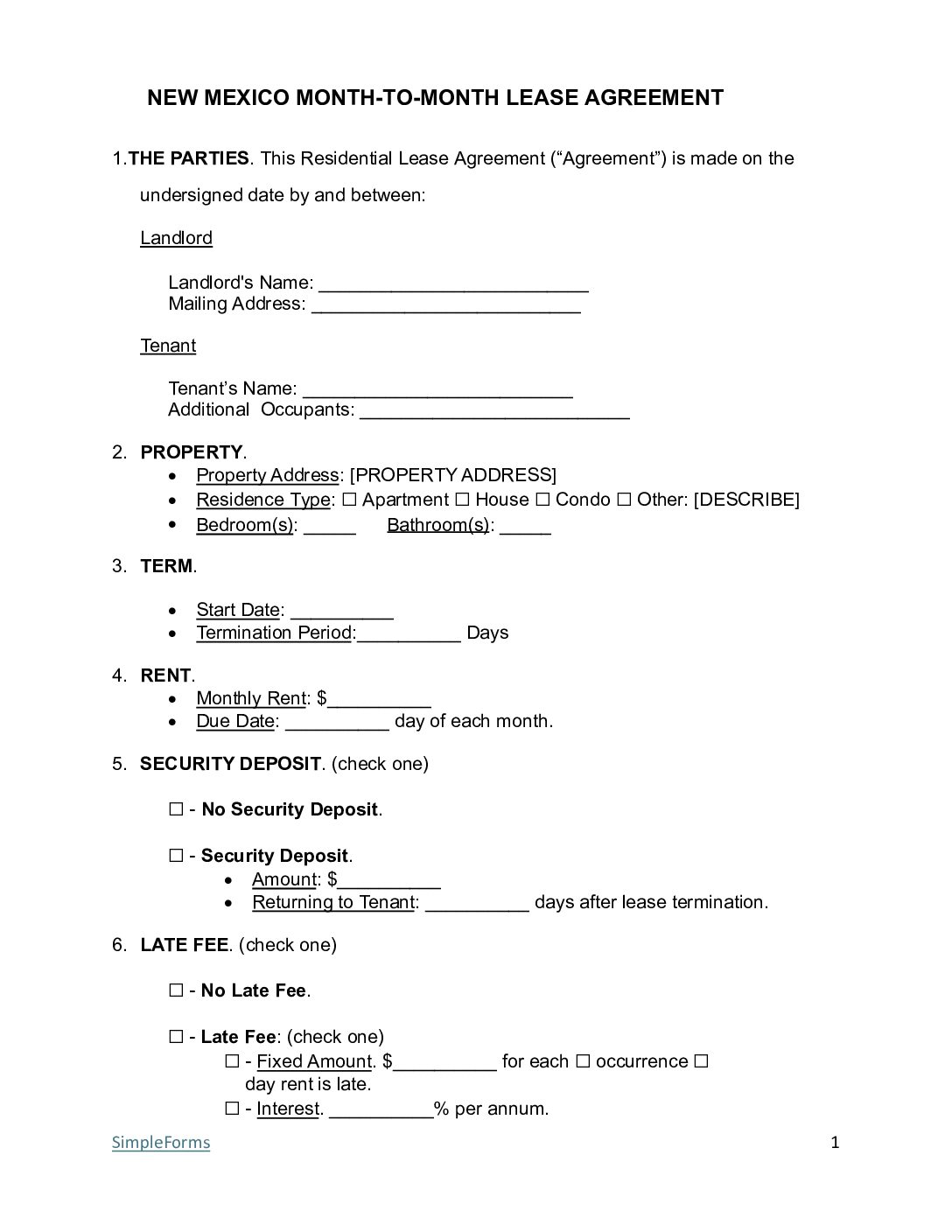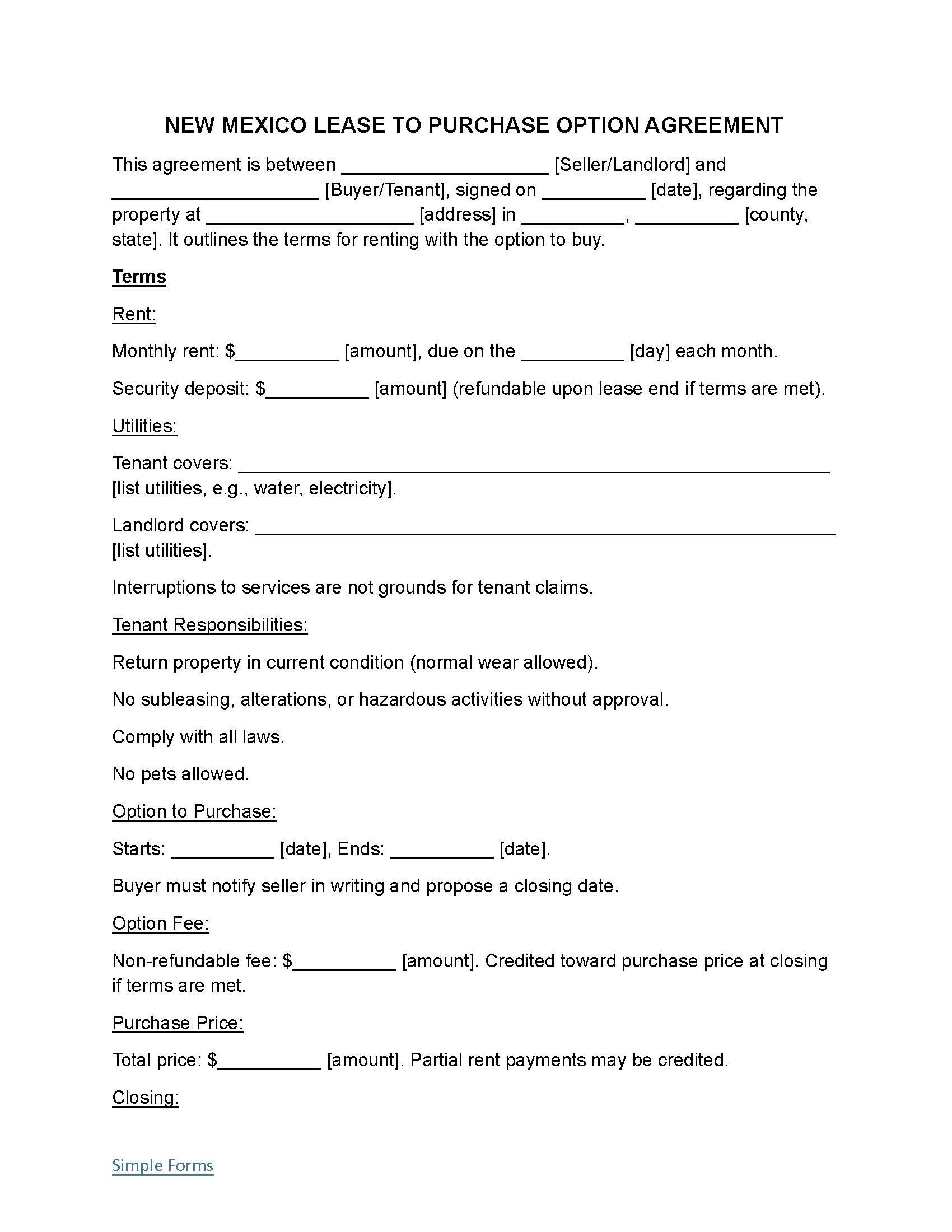By Type (7)
| Residential Lease Agreement – A rental contract between a Landlord and Tenant that outlines the terms for living in a residential property.
|
|
| Commercial Lease Agreement – A lease contract that lets a business rent commercial property, such as an office or store, with rules about the rent, lease length, and responsibilities. Download: PDF | Word (.docx) |
|
| Oklahoma Real Estate Commission (OREC) Lease Agreement – A fillable residential lease agreement issued by the state that is used by Landlords and real estate agents to rent out homes in Oklahoma. Download: PDF | Word (.docx) |
|
| Month-to-Month Rental Lease Agreement – a flexible rental agreement that renews each month until either party gives 30 days’ written notice to terminate the contract. Download: PDF | Word (.docx) |
|
| Rent-to-Own Lease Agreement – type of agreement for tenants who plan to become homeowners but need time to secure financing or improve credit. Download: PDF | Word (.docx) |
|
| Roommate Lease Agreement – A legally binding document that outlines the responsibilities between co-tenants. Download: PDF | Word (.docx) |
|
| Sublease Agreement – Used to rent a unit to a sublessee with the landlords approval. Download: PDF | Word (.docx) |
What does the Oklahoma rental lease agreement template covers?
This Oklahoma Rental Lease Agreement template includes Oklahoma landlord-tenant laws. Landlords must maintain properties and keep up with local housing codes, return security deposits, and give advance notice to tenants before entry.
This Oklahoma rental lease agreement template includes the following:
- Oklahoma Residential Landlord-Tenant Act
- Security Deposit Law
- Lease Termination
- Landlord’s Access to the Property
- Rent Due Date plus Late Fees
- Eviction Procedures
- Property Maintenance
- Tenant Rights
- Rent Control
- Discrimination Protections
- Habitability Standards
- Utilities and Services
- Required Disclosure Forms
Oklahoma Residential Landlord-Tenant Act
Security Deposit Laws
- 45 Days – Landlords must return the deposit to tenants within 45 days of the lease end date.
- Itemized List – Deductions must be itemized by the landlord and shared with the tenant.
- Maximum – No statutory maximum limit for security deposits in Oklahoma.[2]
Lease Termination
Both landlords and tenants can terminate a lease under the following conditions:
- Landlord’s Ability to Terminate
- 5-day notice for nonpayment of rent.
- 10-day notice to correct lease violations.
- Tenant’s Ability to Terminate
- Tenants may terminate for reasons such as habitability issues after proper notice to the landlord.
- 30-day notice required for month-to-month leases.[3]
Landlord’s Access to Property
Rent Due Dates, Late Fees, and Withholding Rent Laws
- Grace Period – No statutory grace period in Oklahoma.
- Late Fees – Reasonable late fees allowed as per the lease agreement.
- Withholding Rent – If the landlord breaches the rental agreement in a way that affects the tenant’s health, and the issue costs less than one month’s rent to fix, the tenant can make the repairs and deduct the cost from the rent if the landlord doesn’t act within 14 days of being notified.[5]
- Rent Due Dates – should be written in the lease agreement.
Eviction Procedures/Forcible Entry and Detainer
Property Maintenance
Tenant Rights
Oklahoma tenants have legal rights, including:
- Right to Privacy – Tenants are entitled to privacy in their rental unit.
- Right to Habitable Housing – The property must meet health and safety standards.
Rent Control
Discrimination Protections
Habitability Standards
Rental properties must meet basic habitability standards, including:
- Functional plumbing, heating, and electrical systems.
- Safe and sanitary living conditions.
Utilities and Services
Required Disclosure Forms (4)
The following are required by the landlord to disclose to tenants:
- Lead-Based Paint Disclosure & EPA Pamphlet – If the property was built before 1978, the landlord must inform the tenant about lead paint and provide an EPA pamphlet.
- Flooding – This document informs tenants about a property’s flood risk.
- Identity Disclosure – The landlord or property manager must disclose full mailing address where notices can be sent.
- Methamphetamine Disclosure – This document informs tenants if a property has been used to make or use methamphetamine or if it may be contaminated with methamphetamine.
Sample Oklahoma Rental Lease Agreement Template
Oklahoma-Standard-1-Year-Residential-Lease-Agreement-Template
